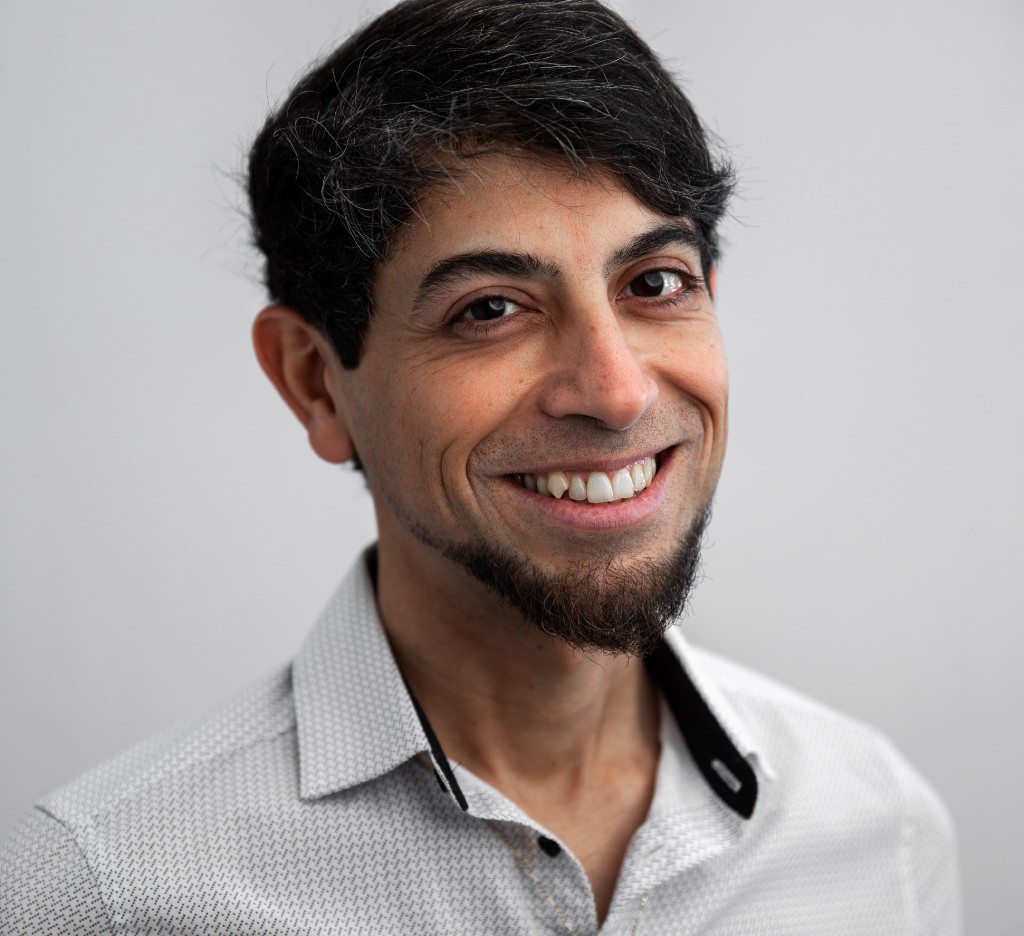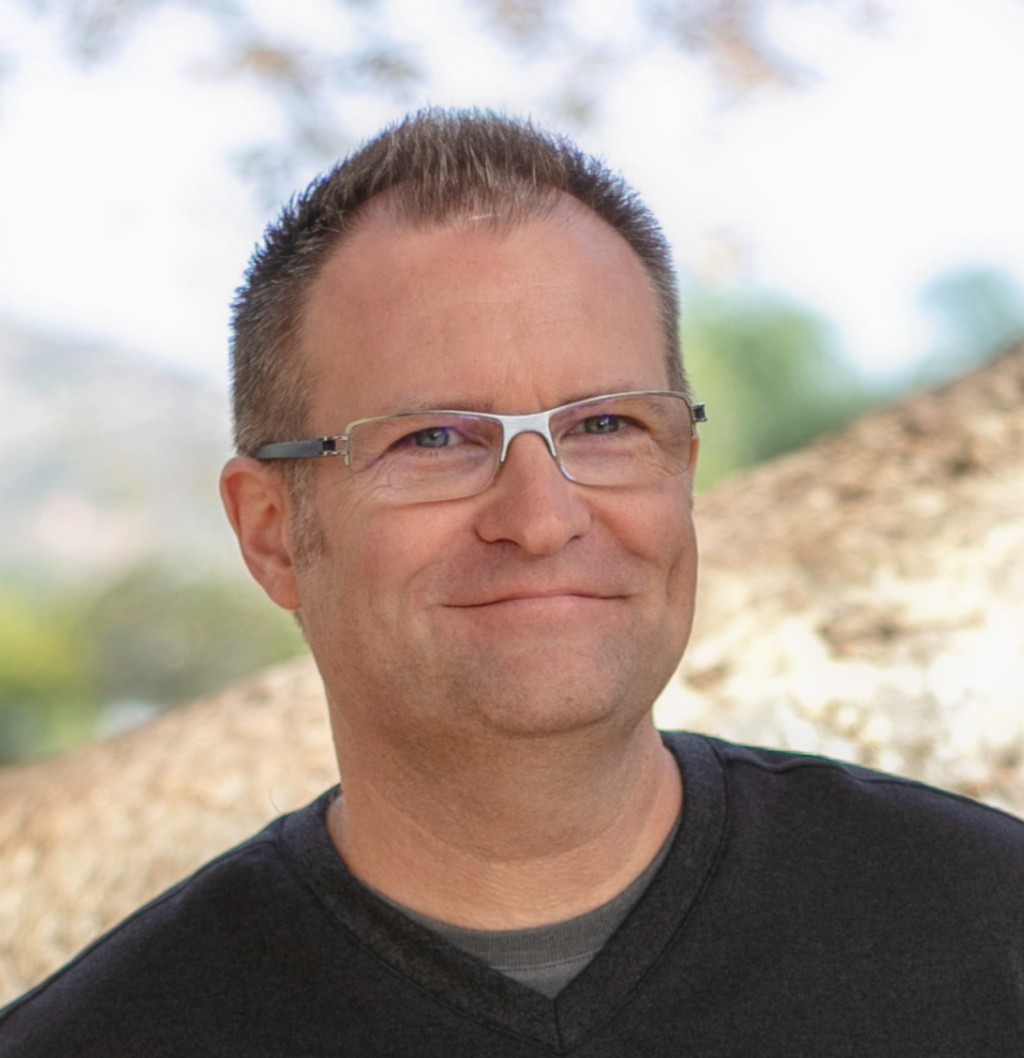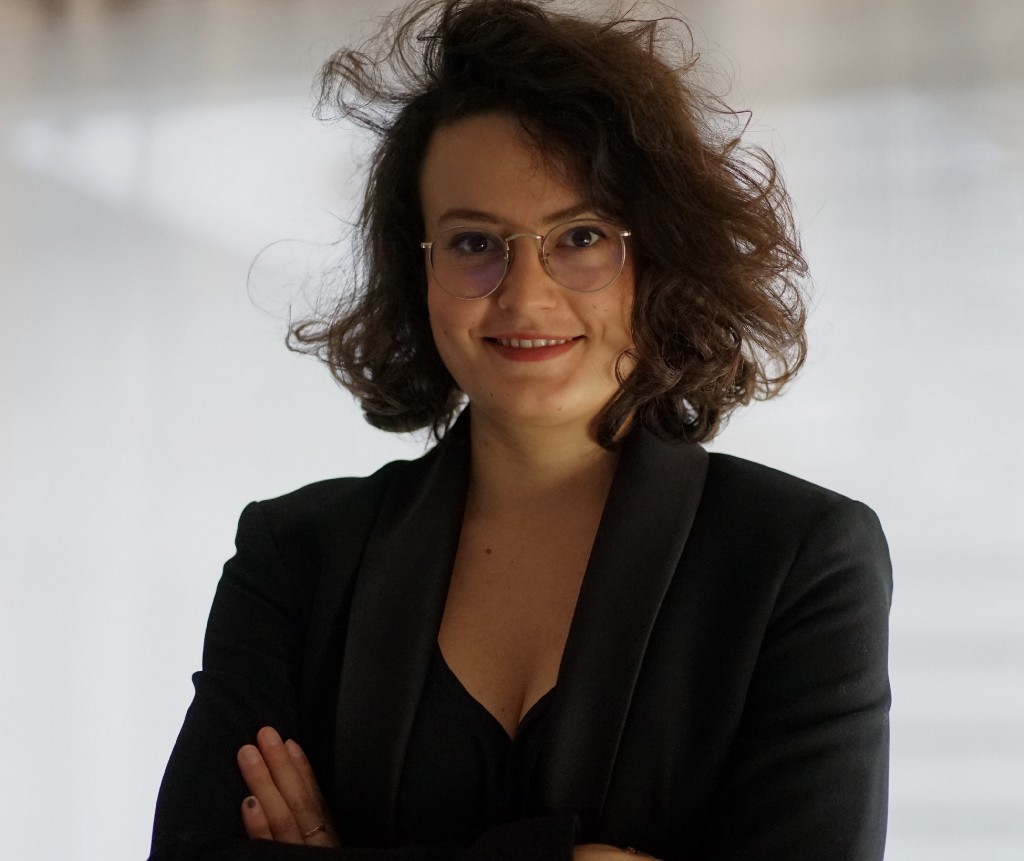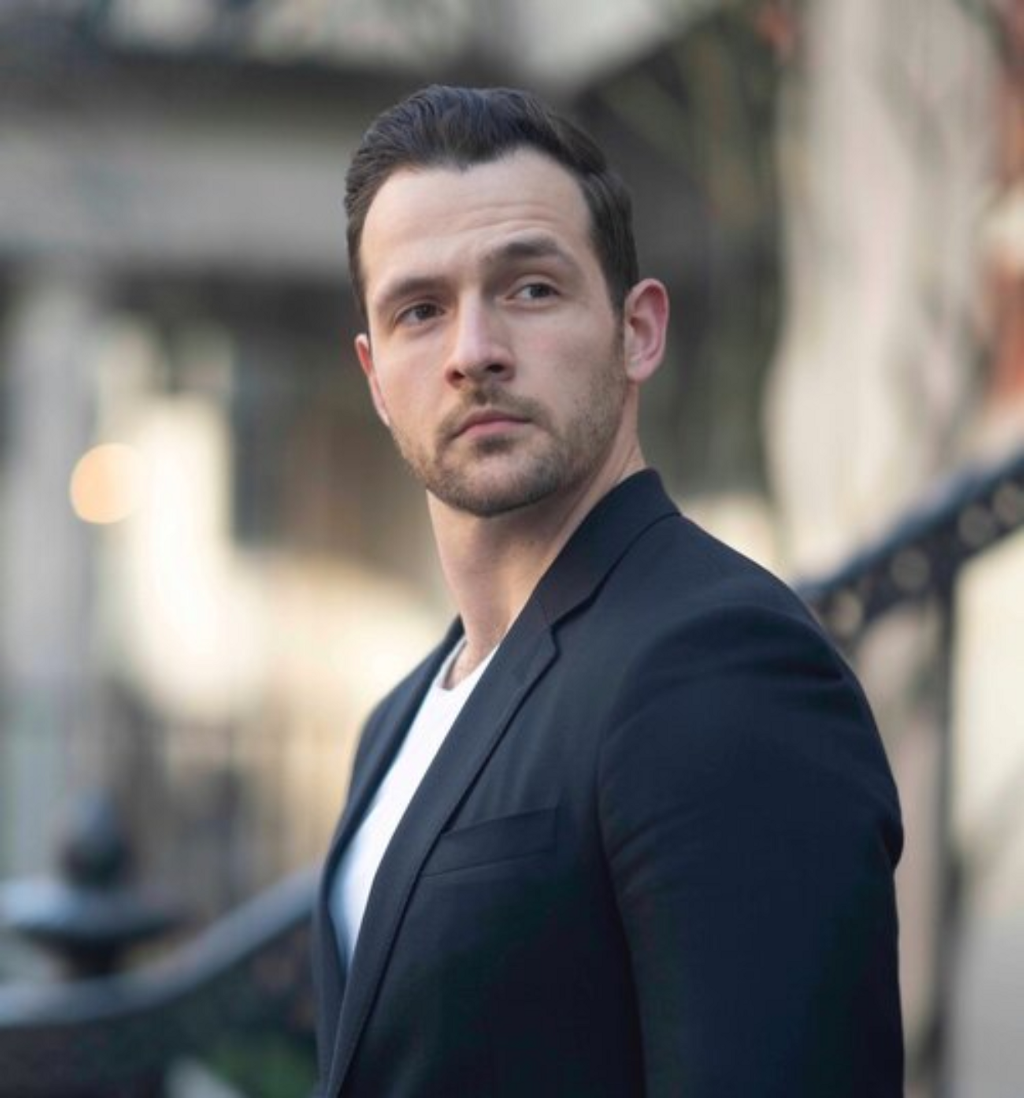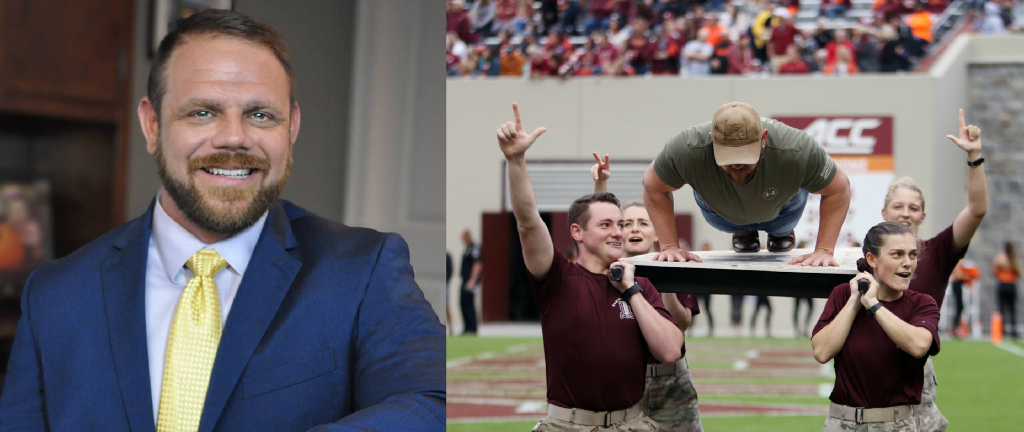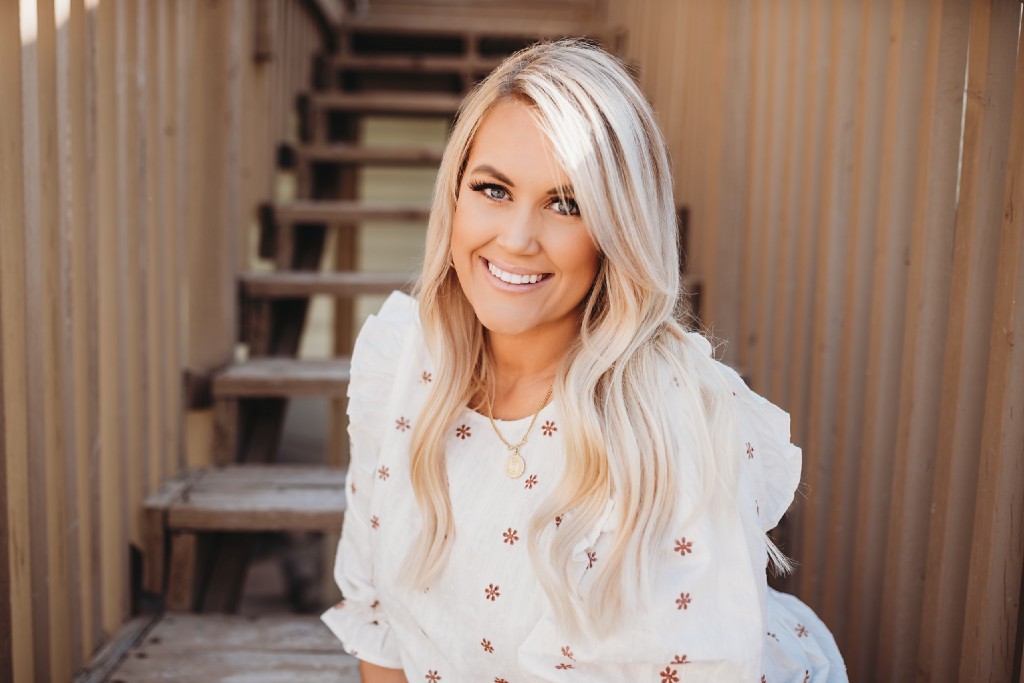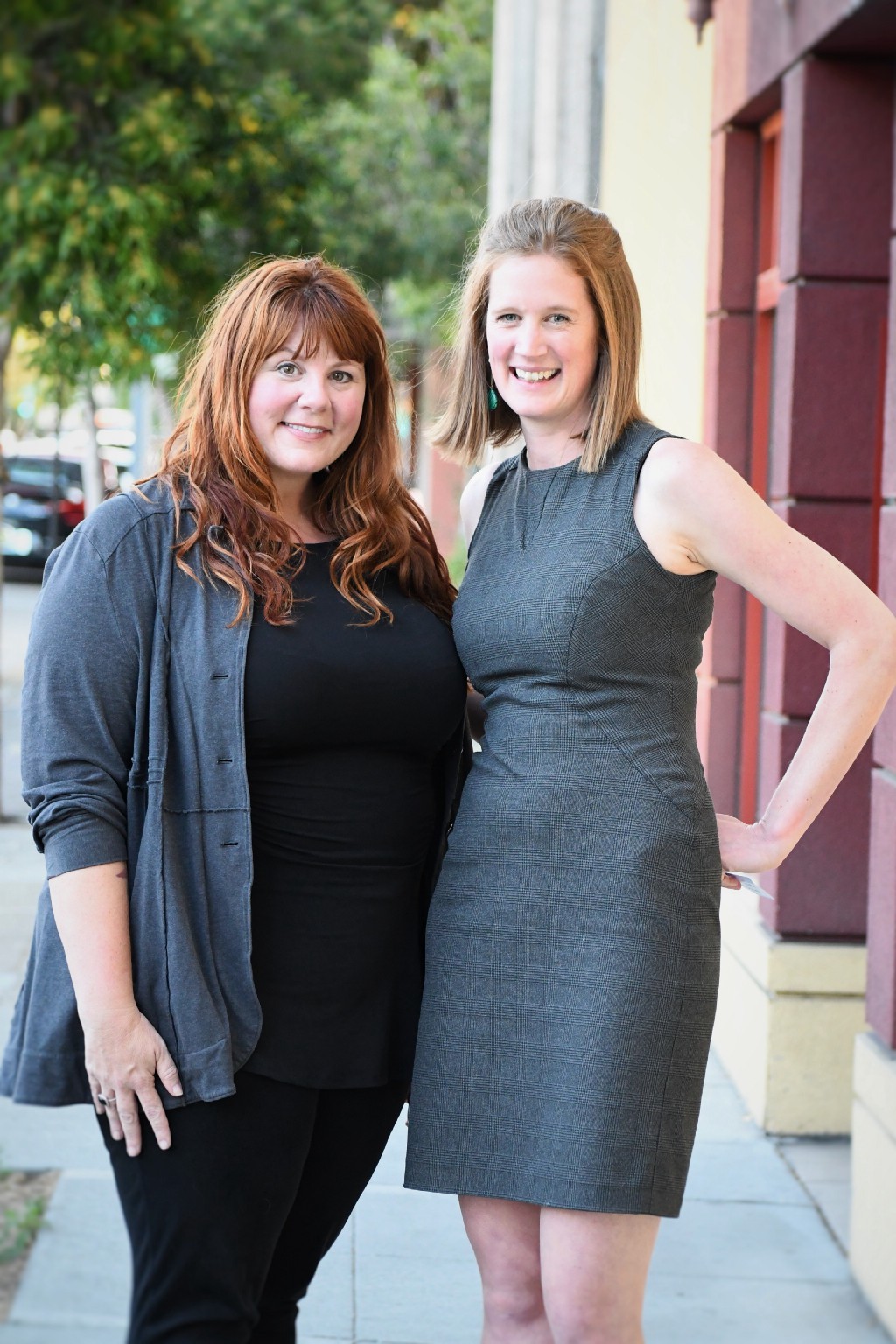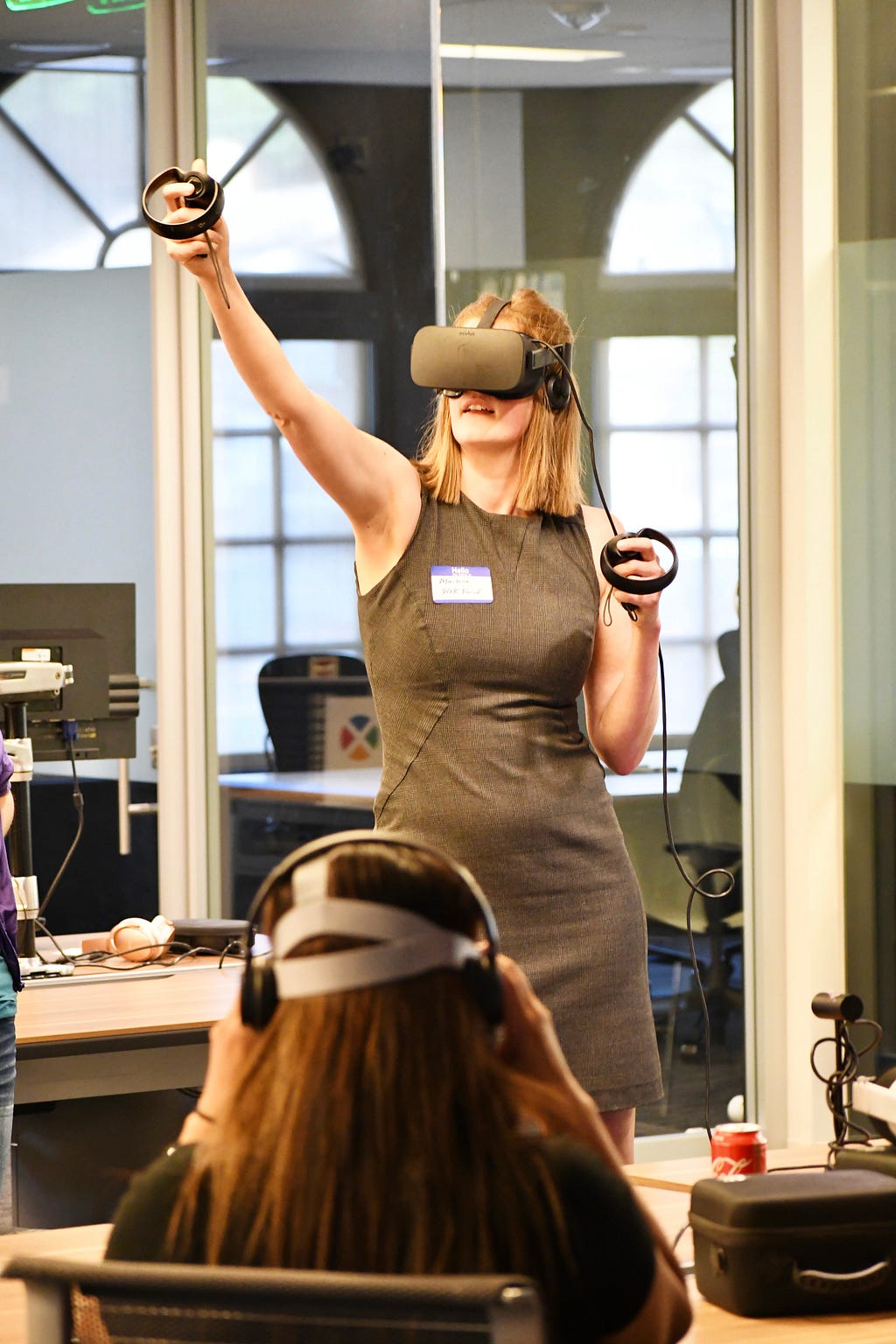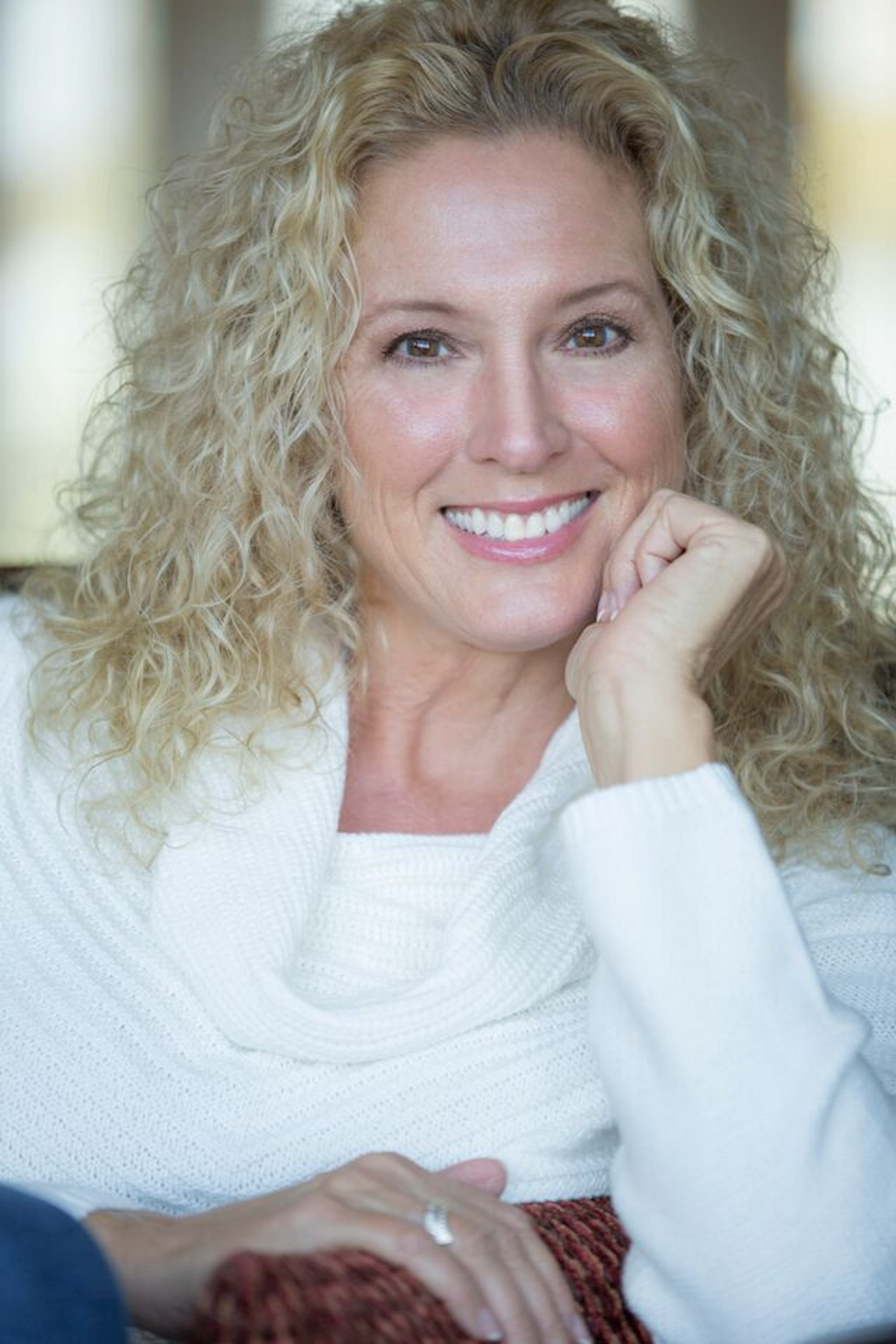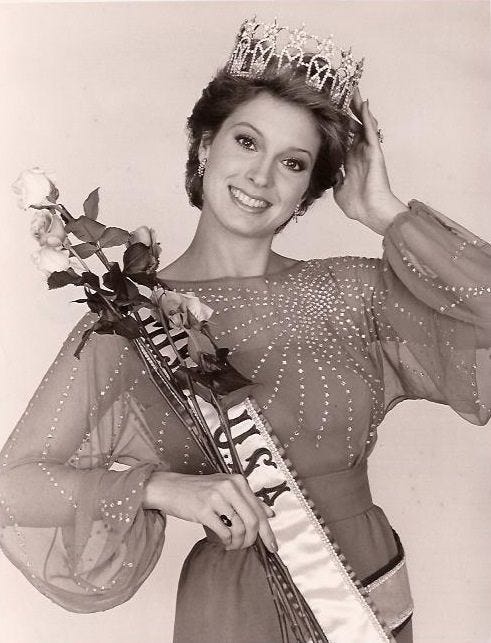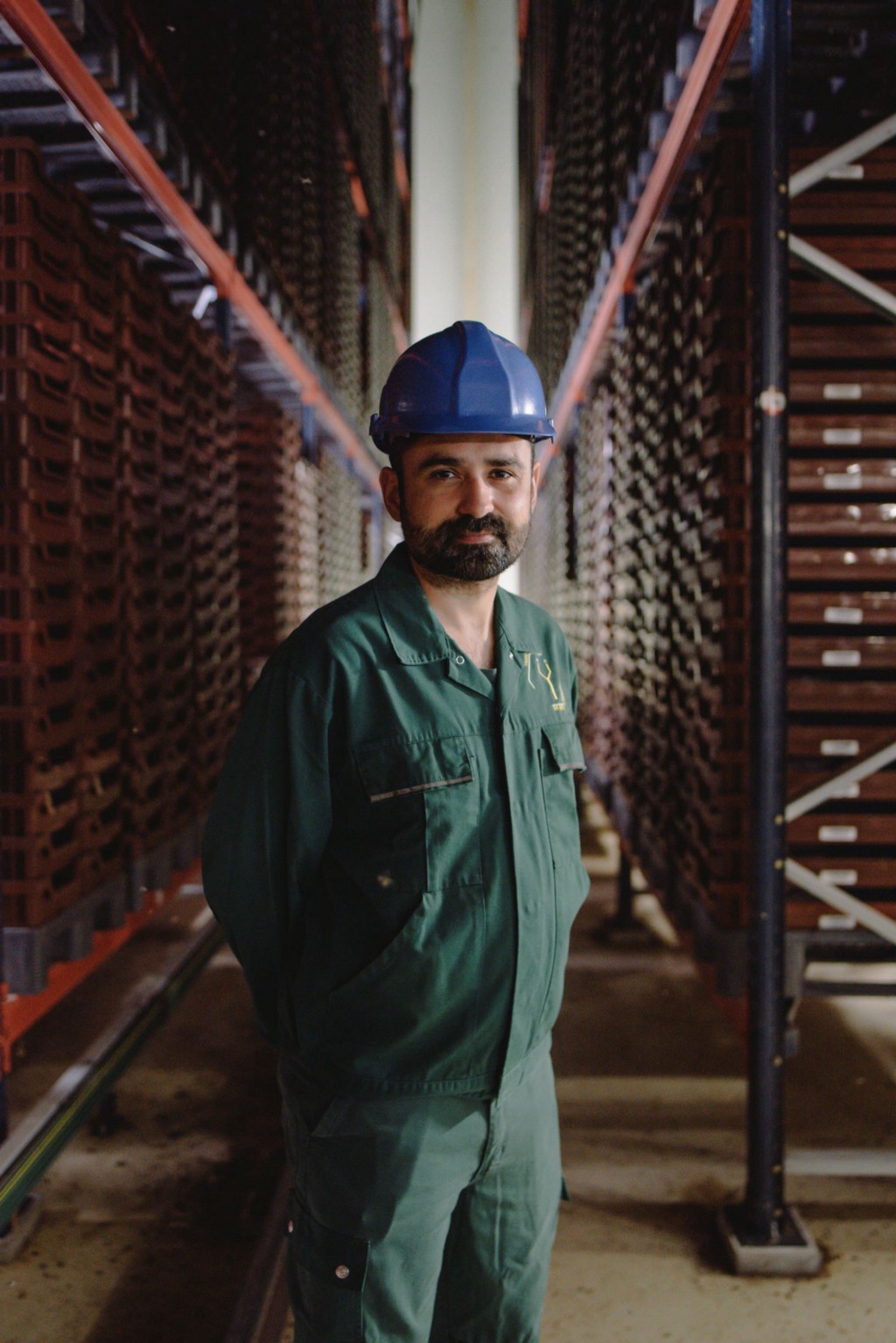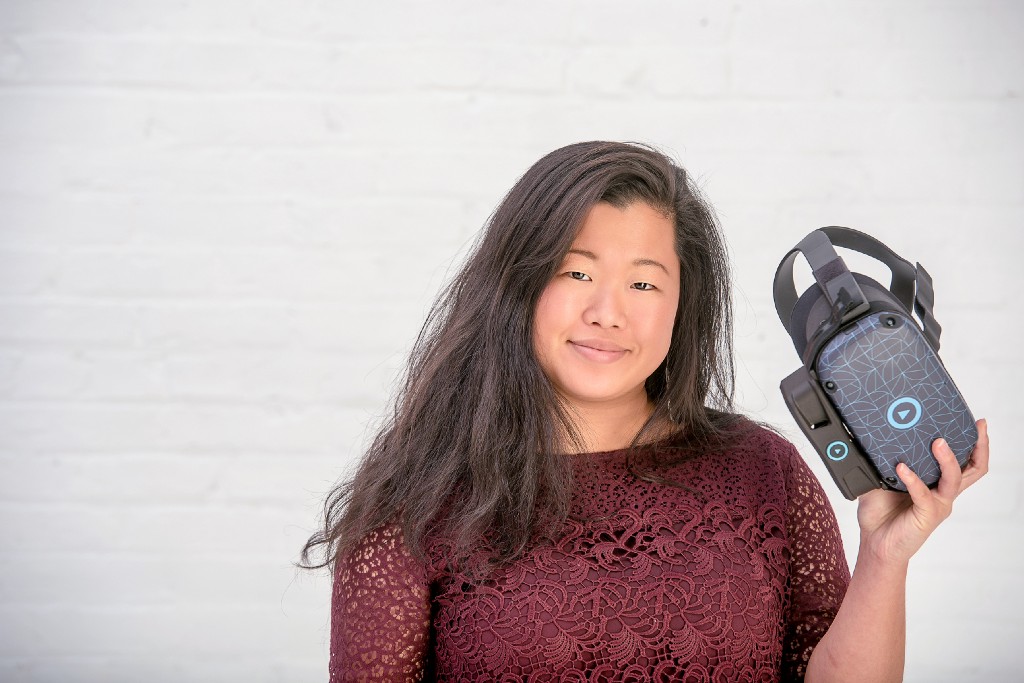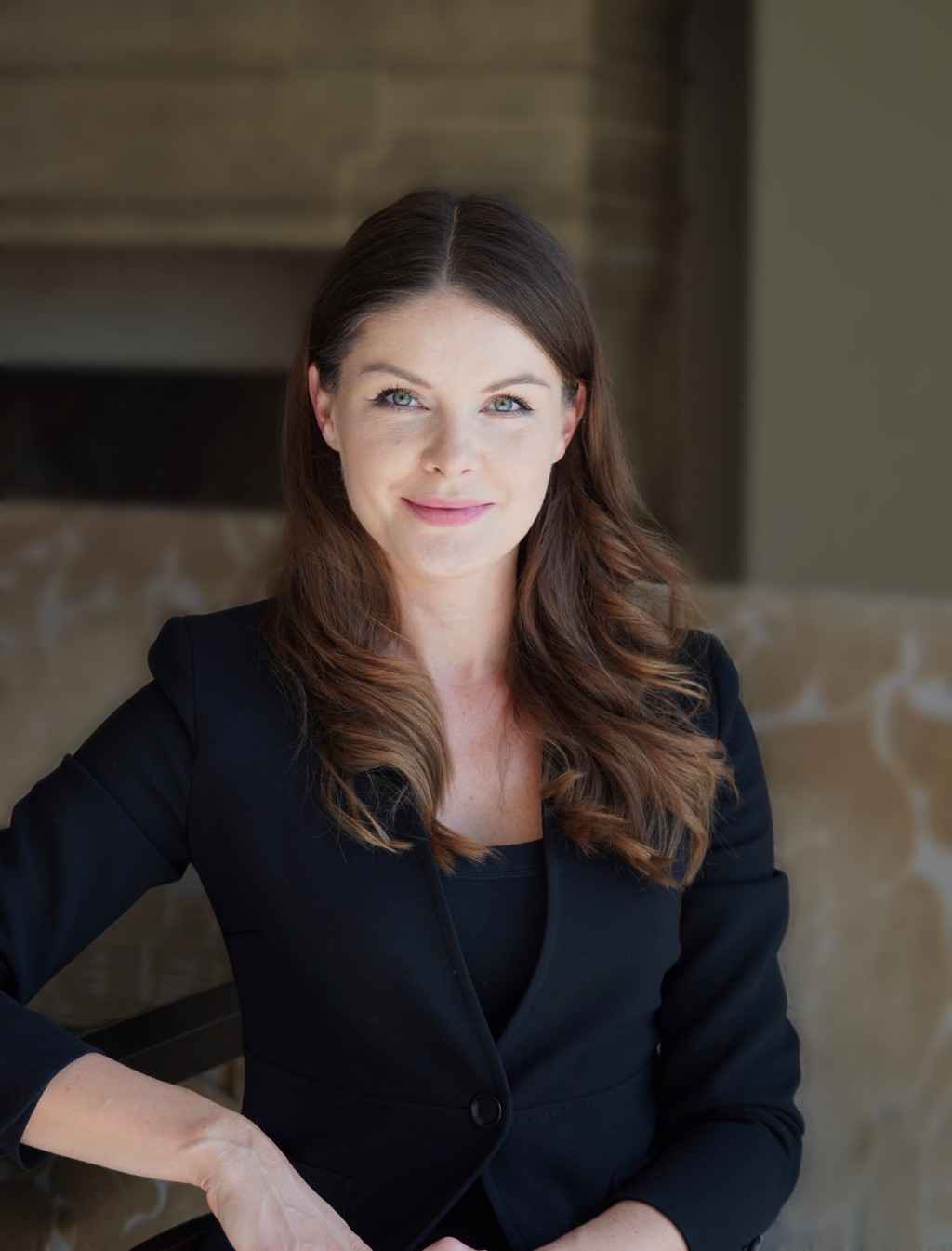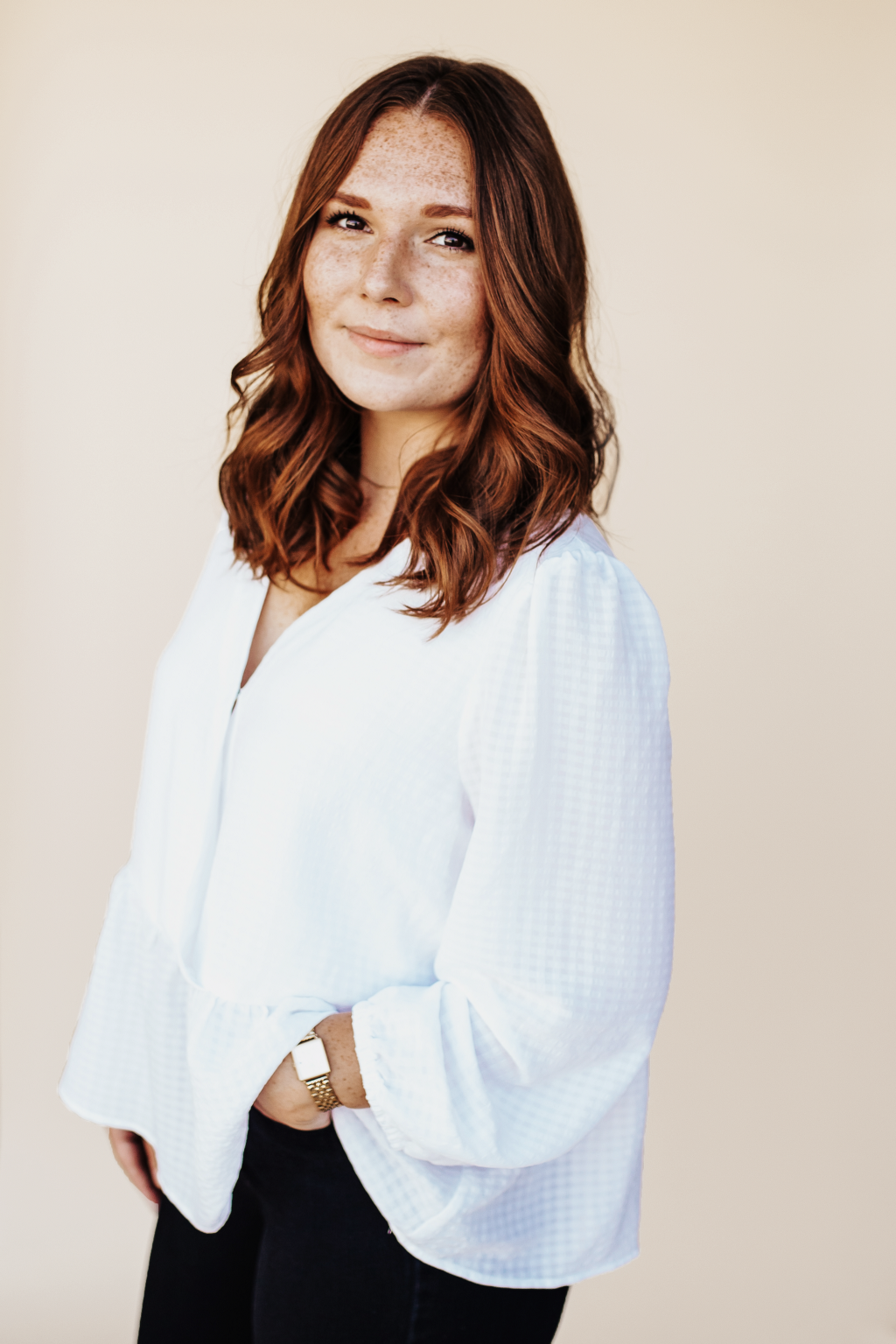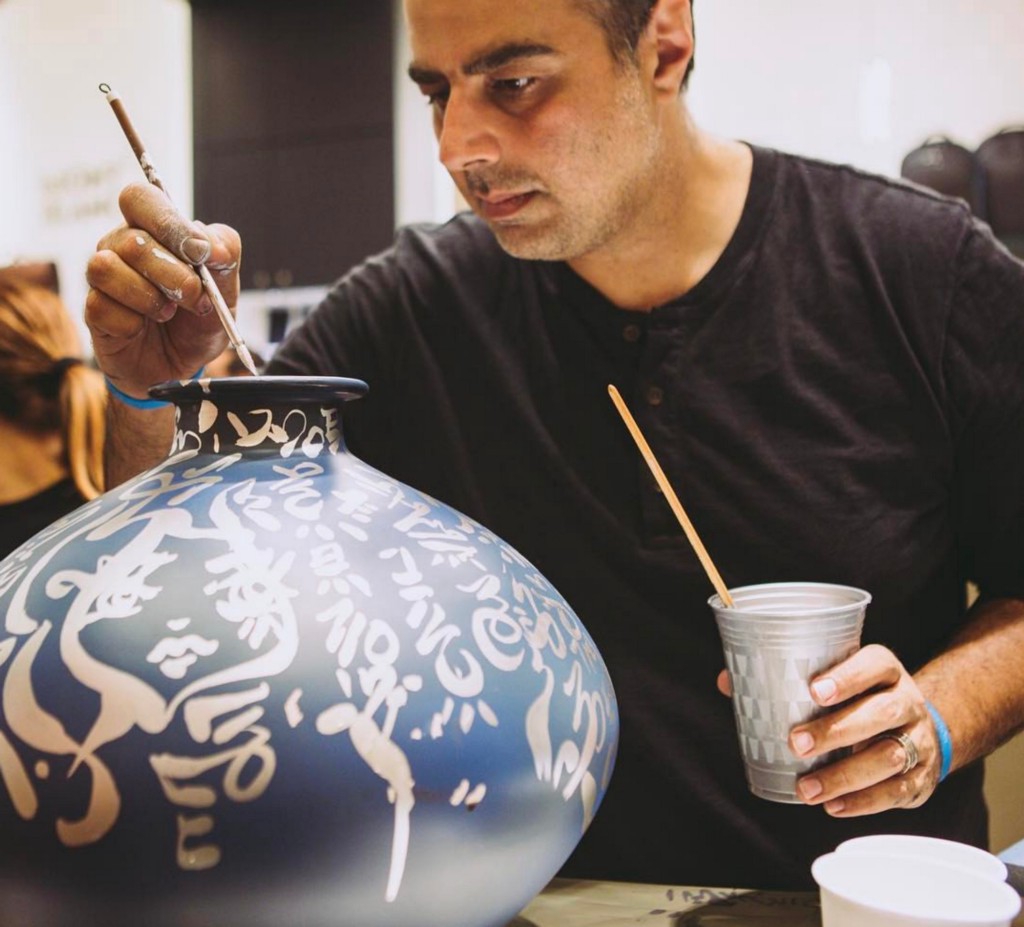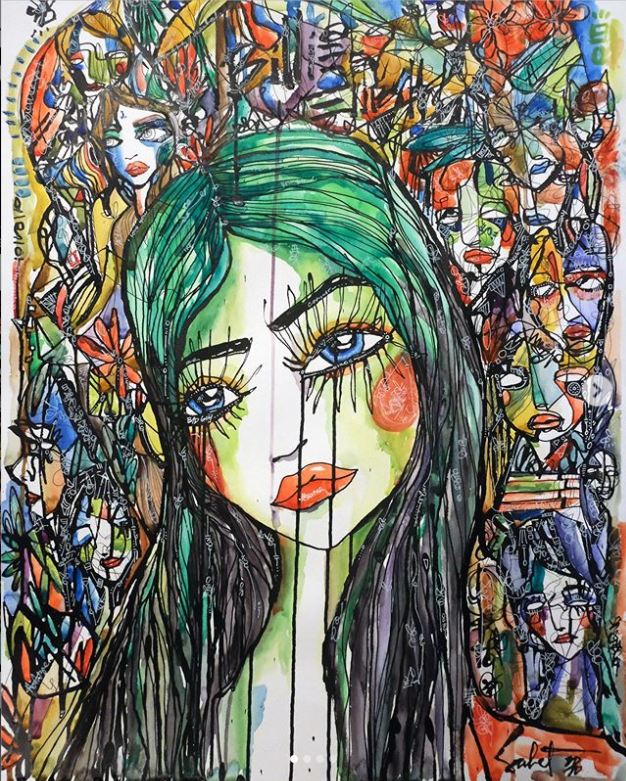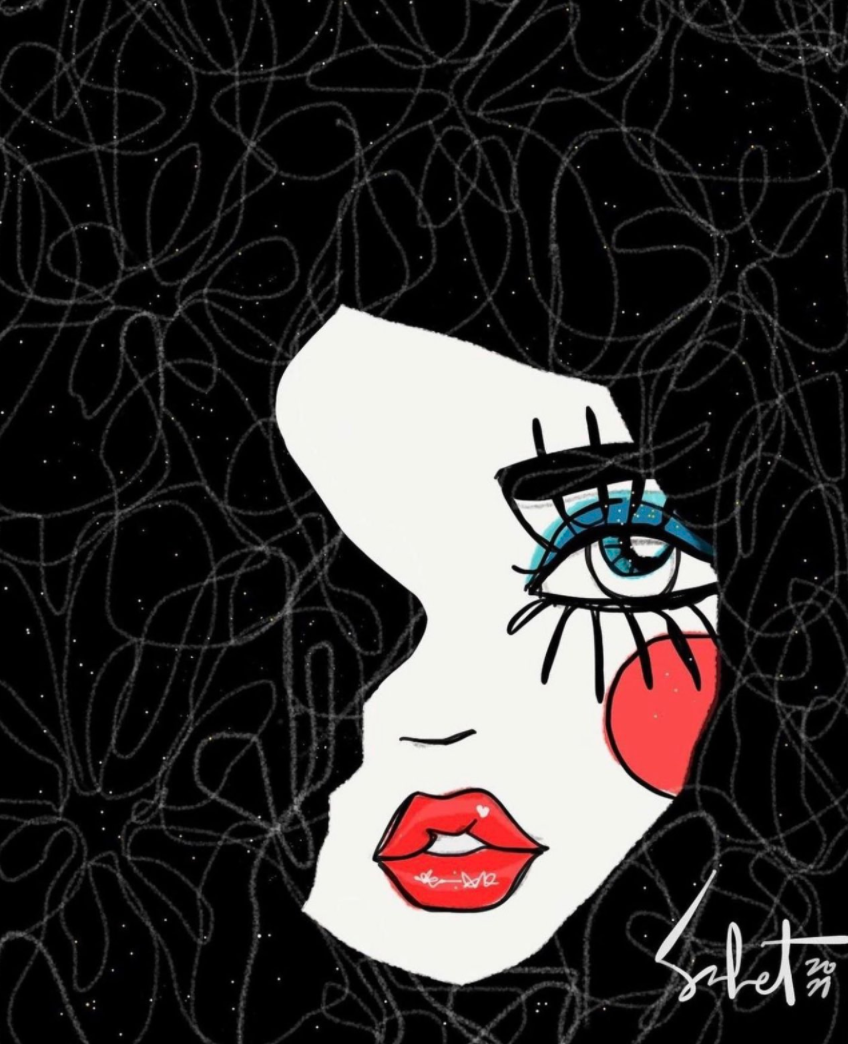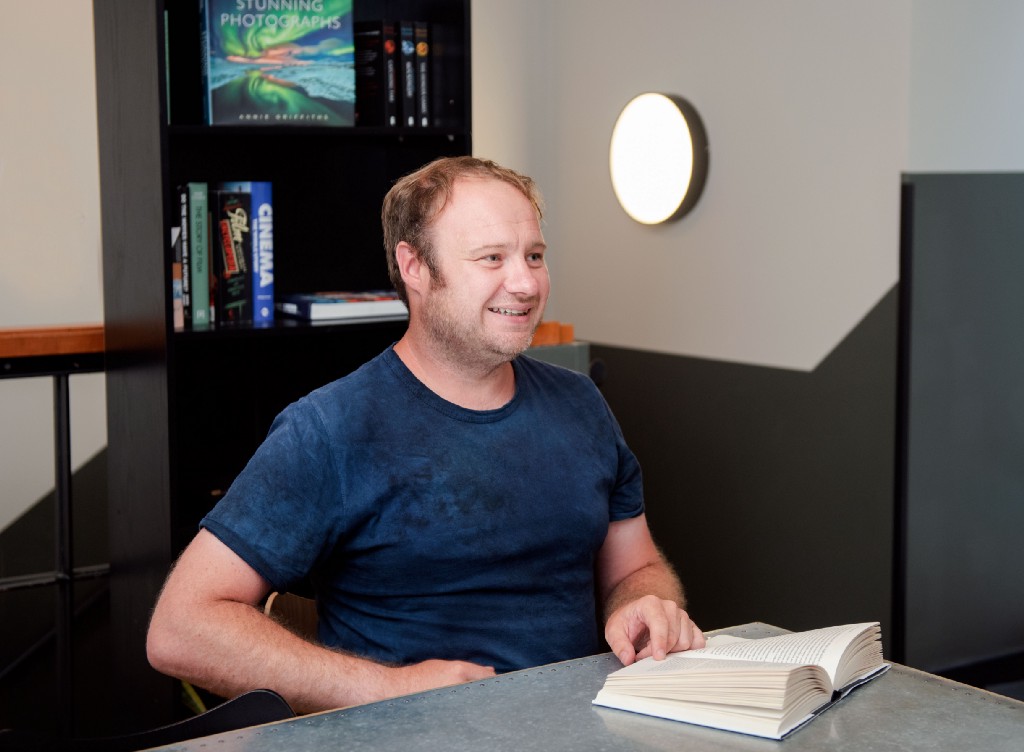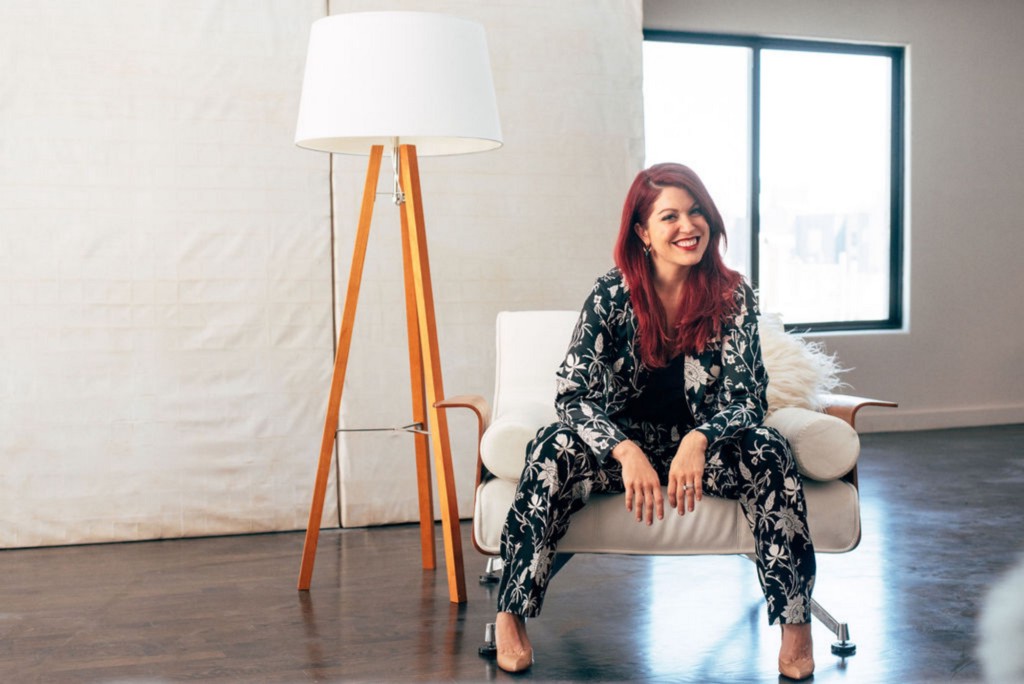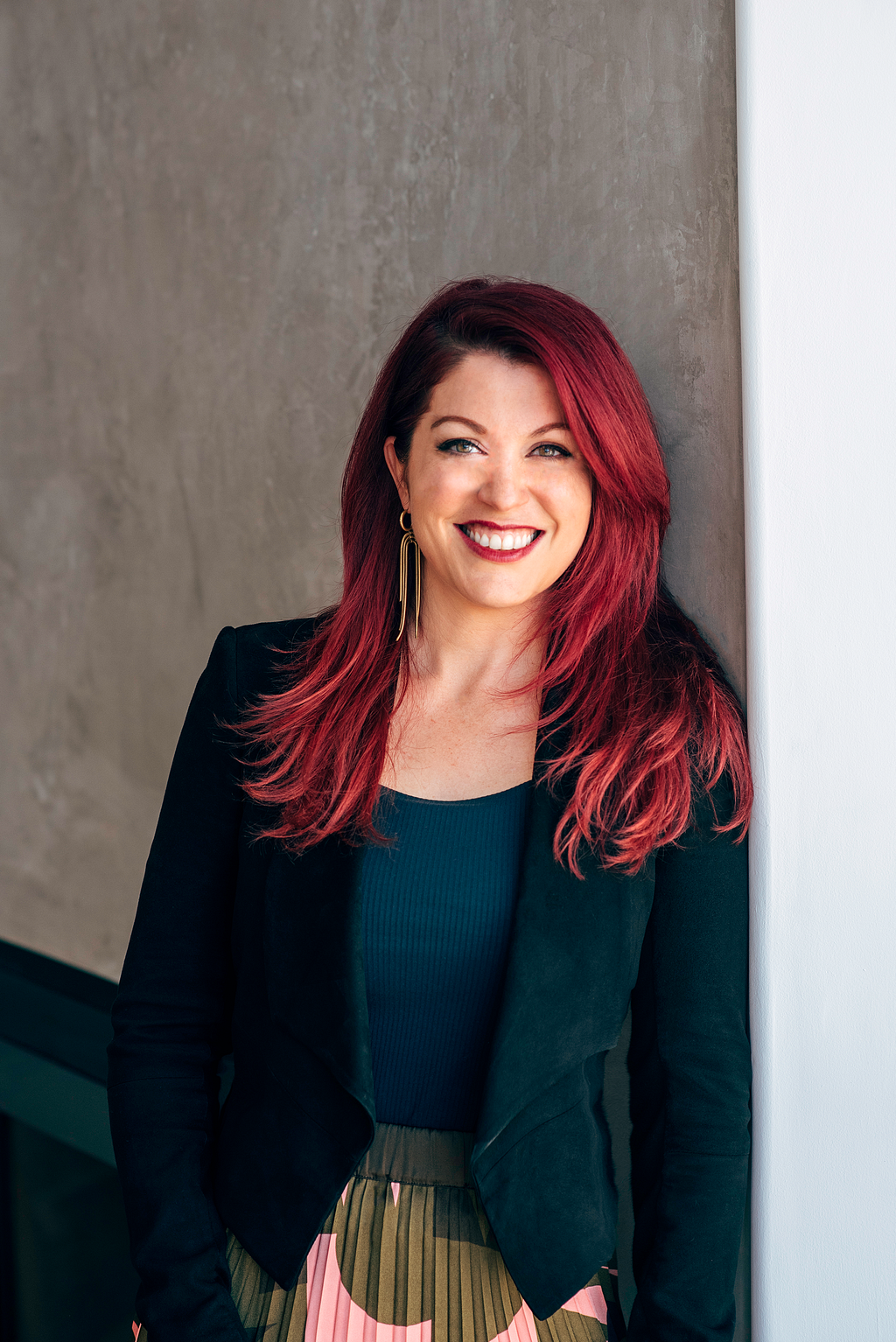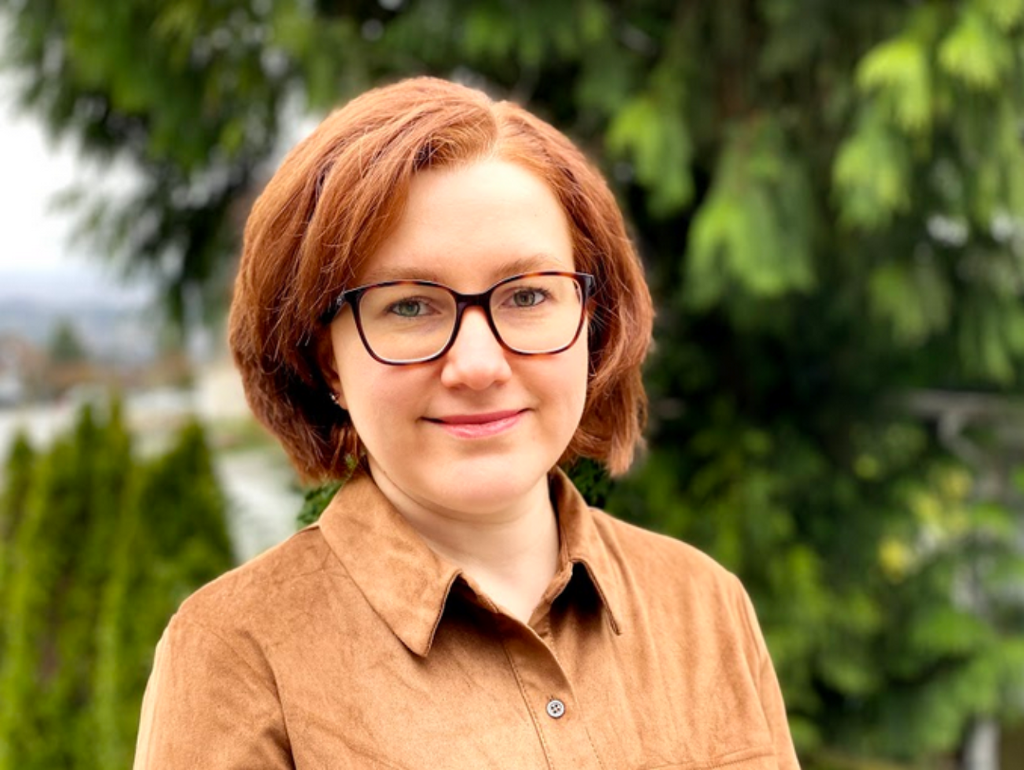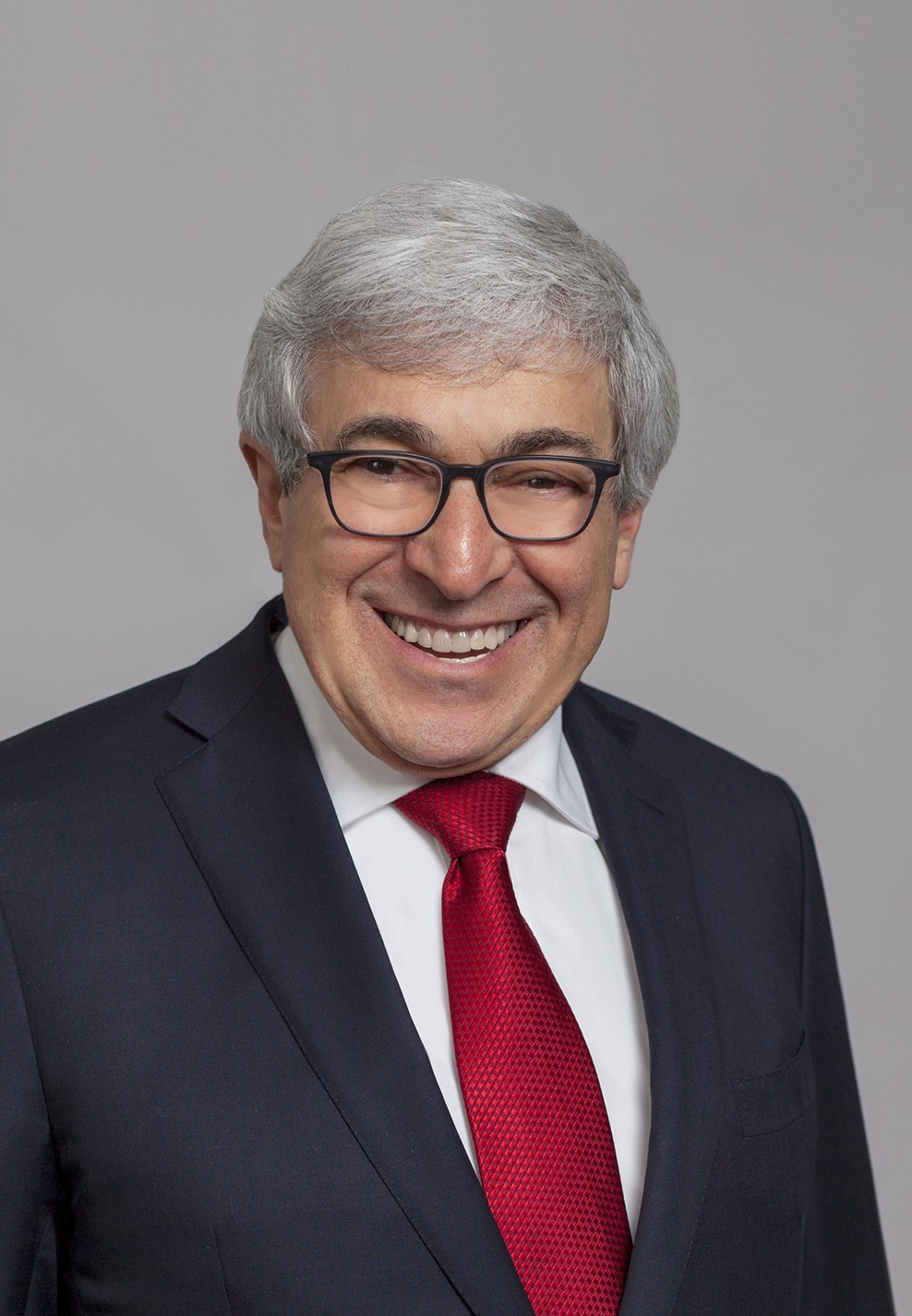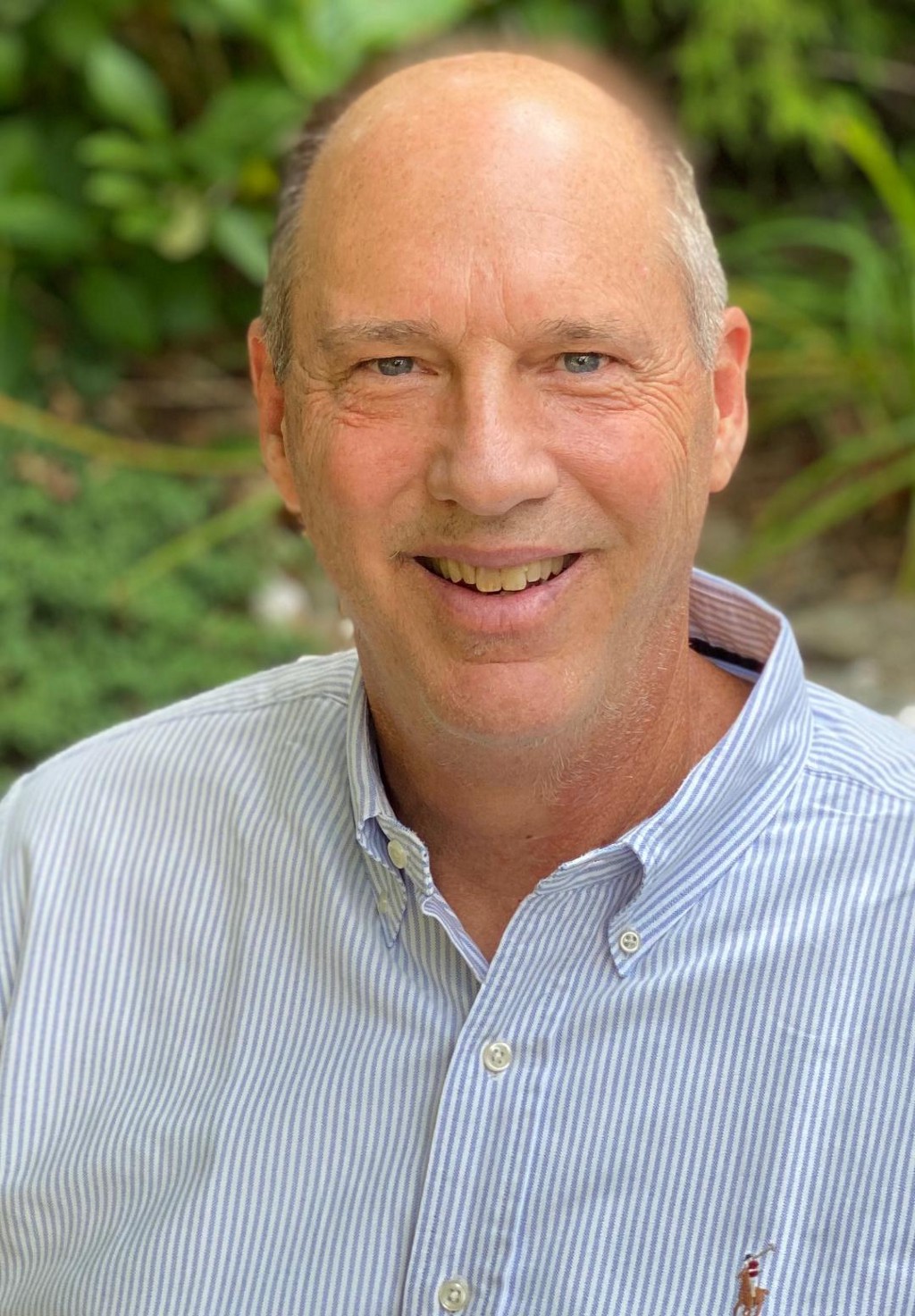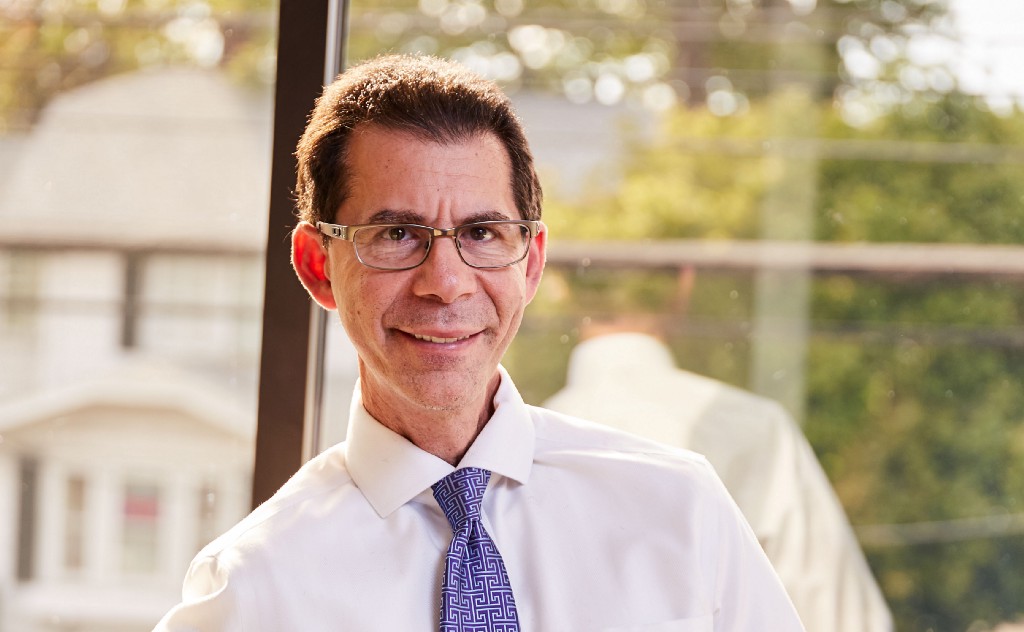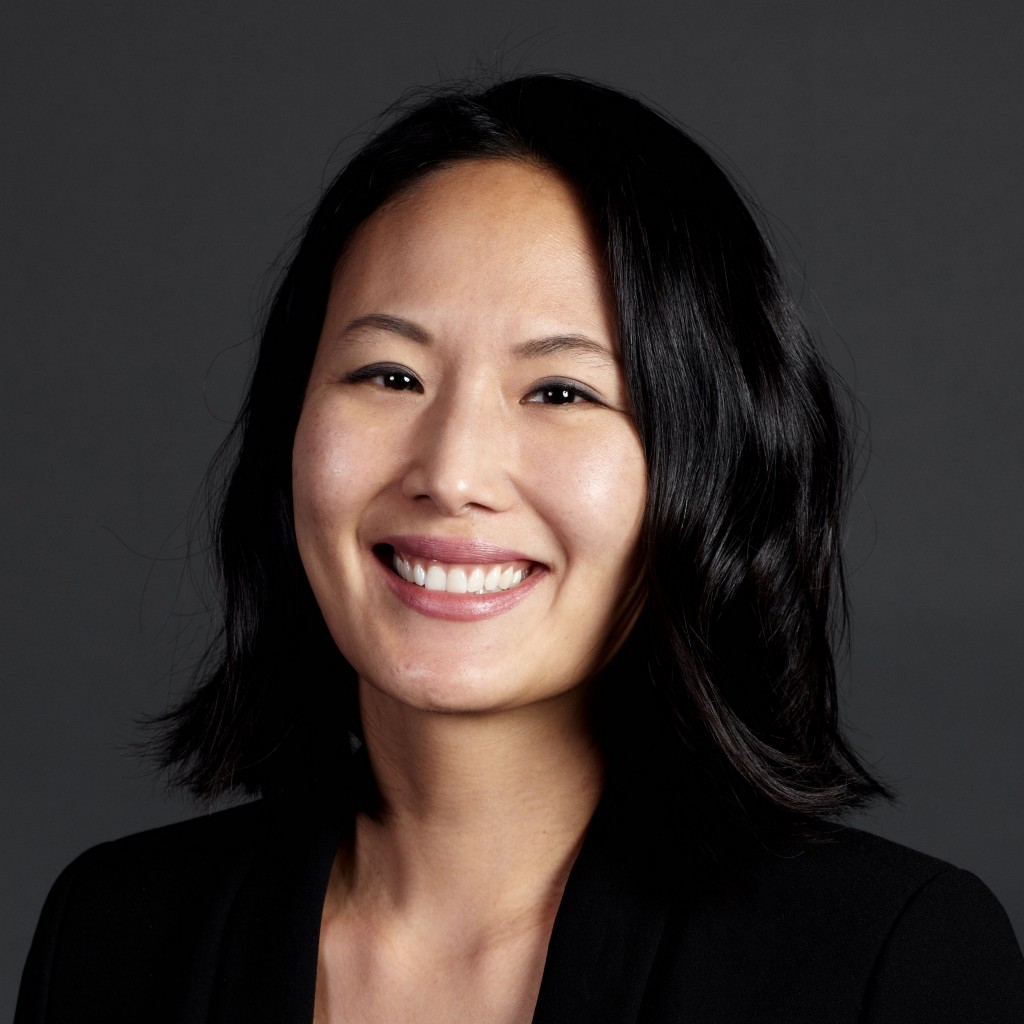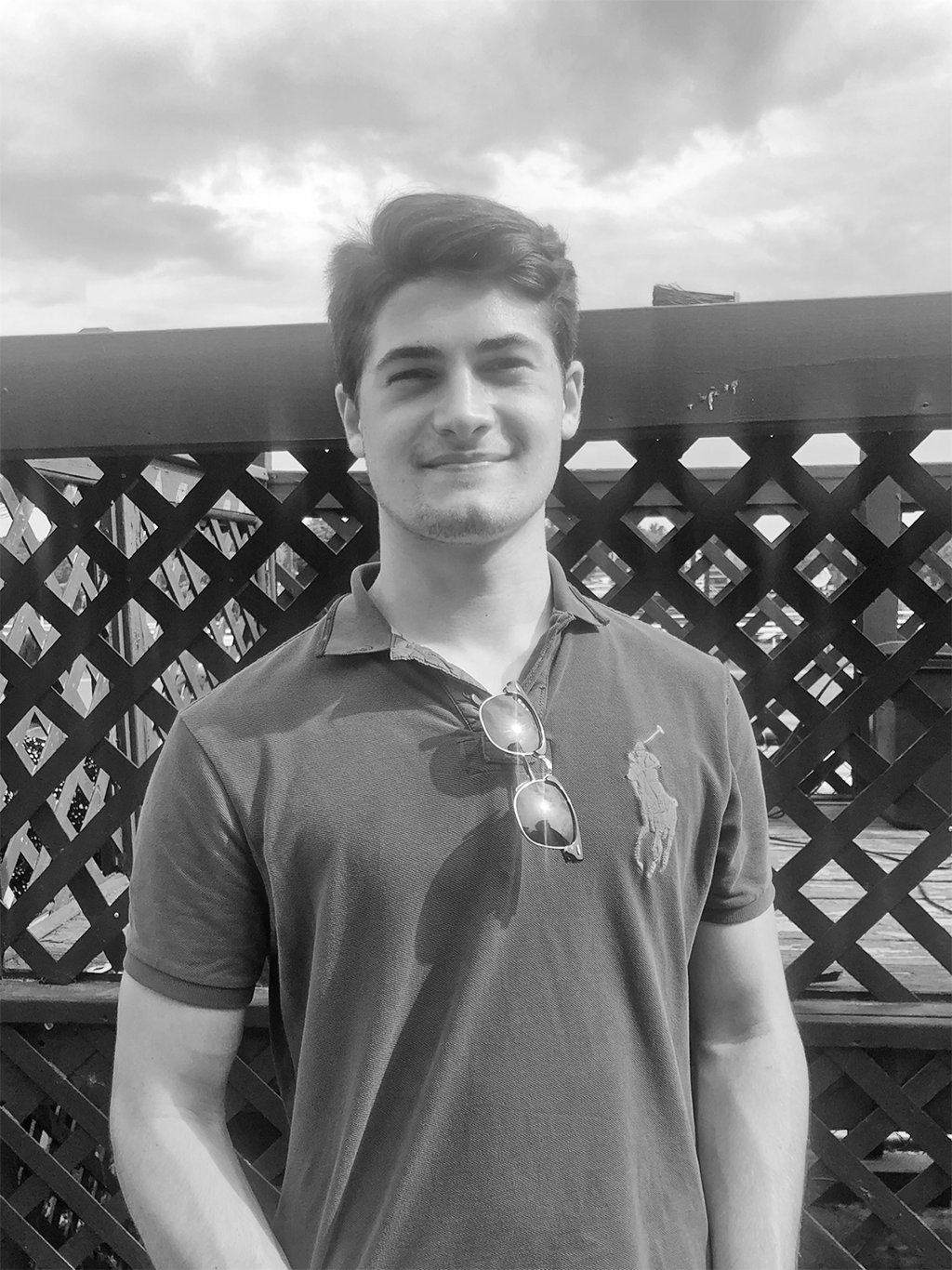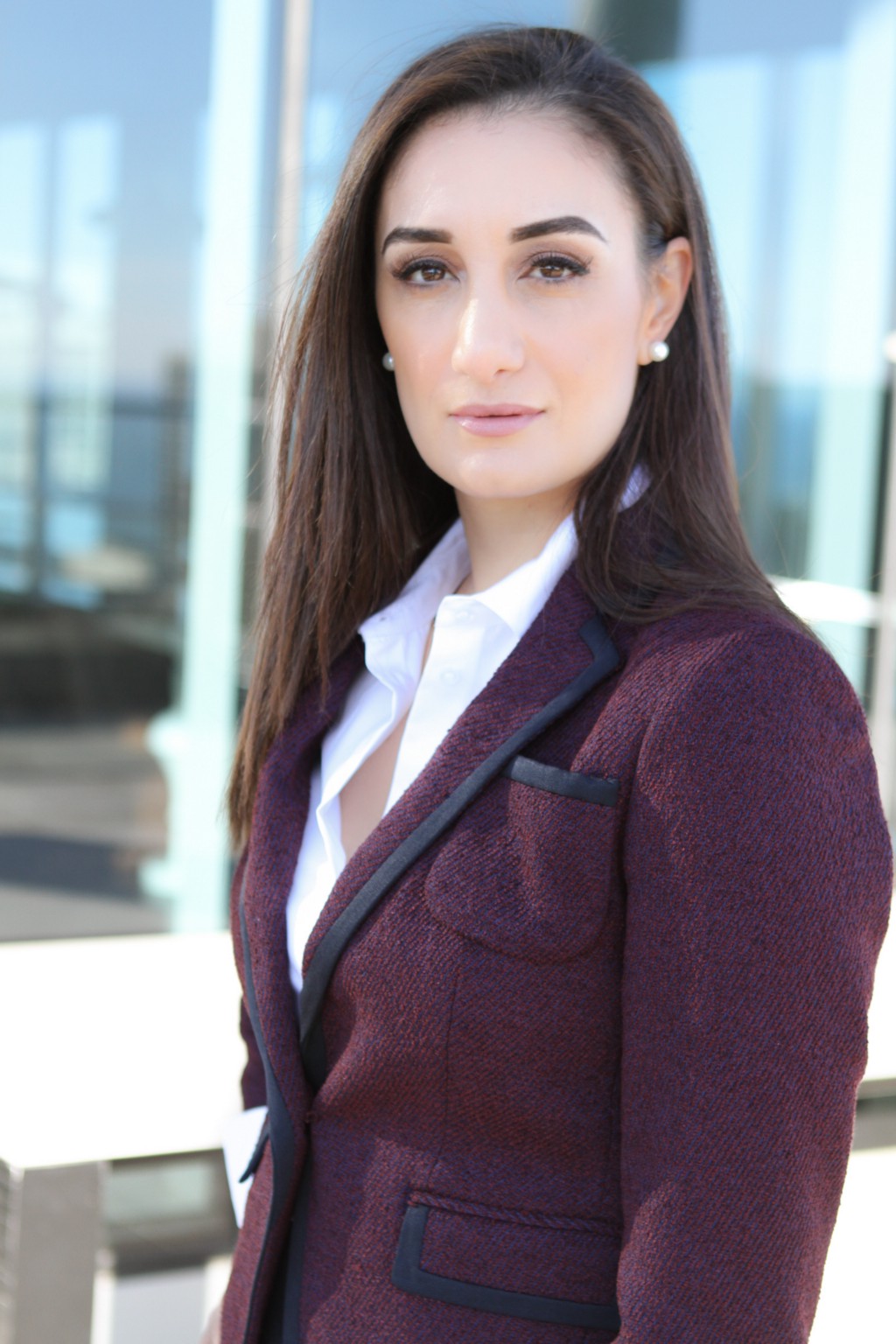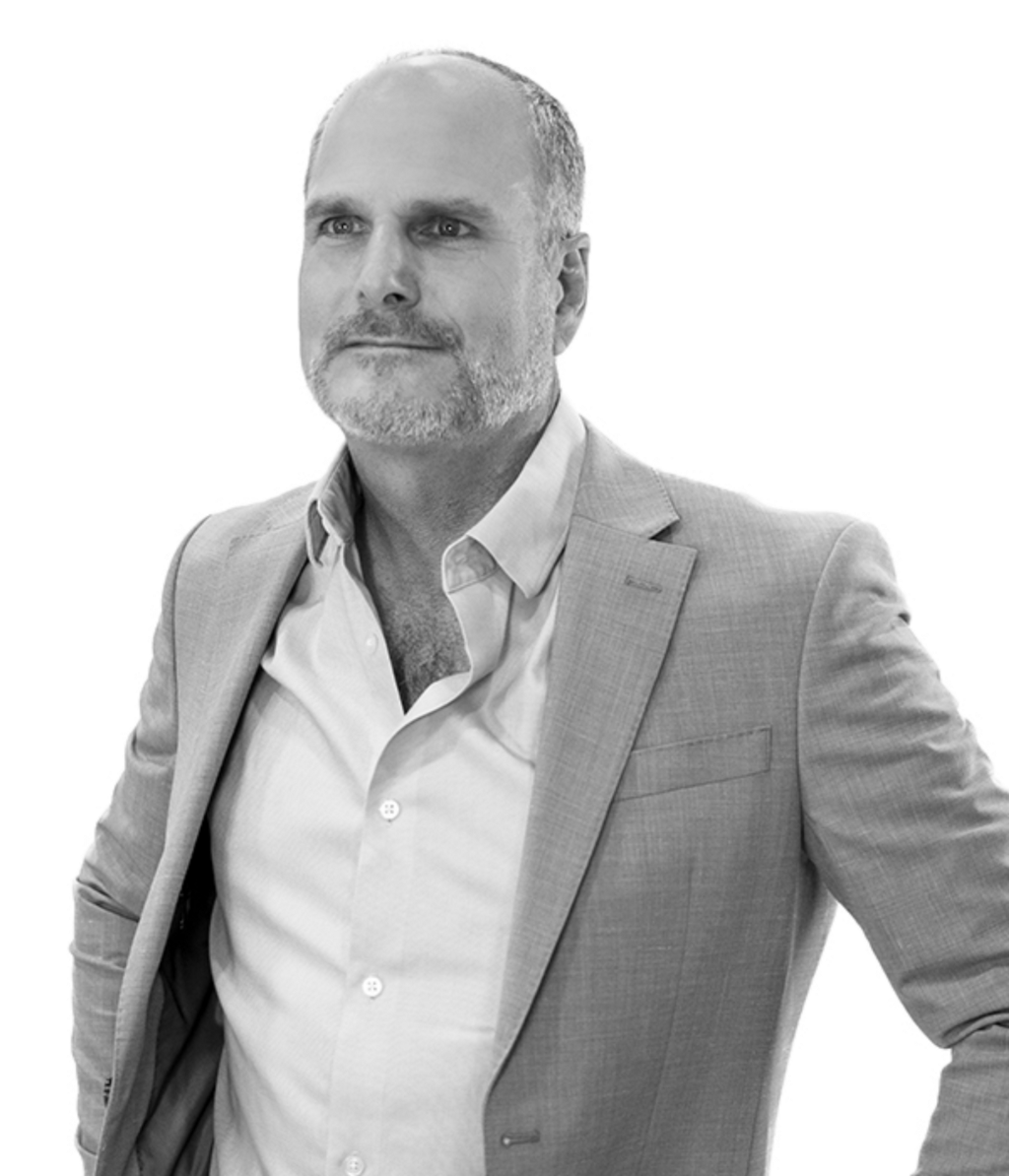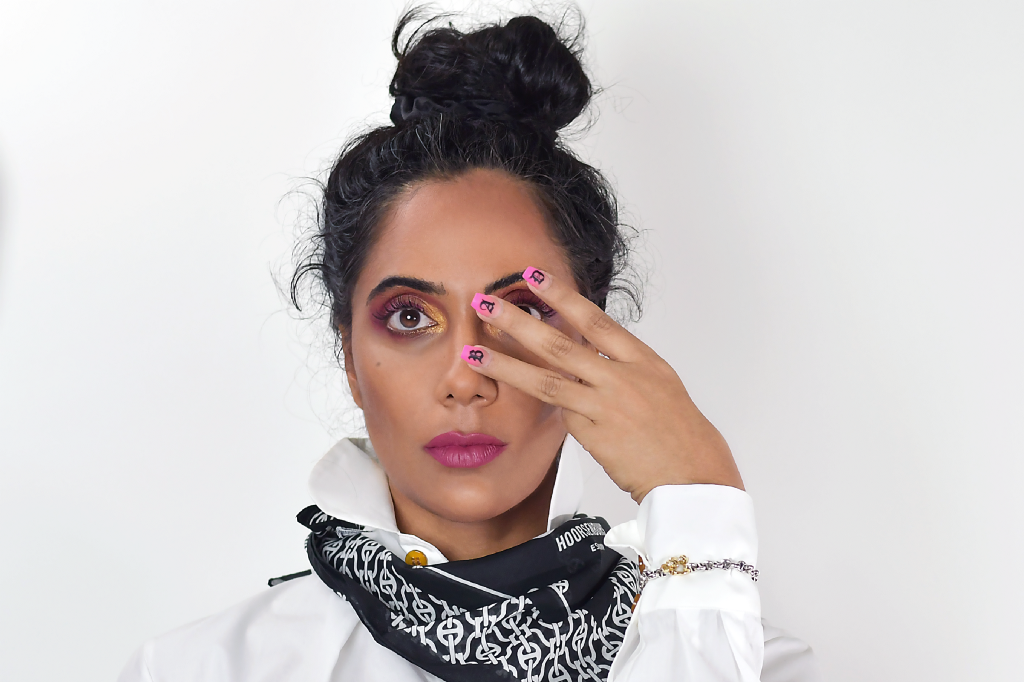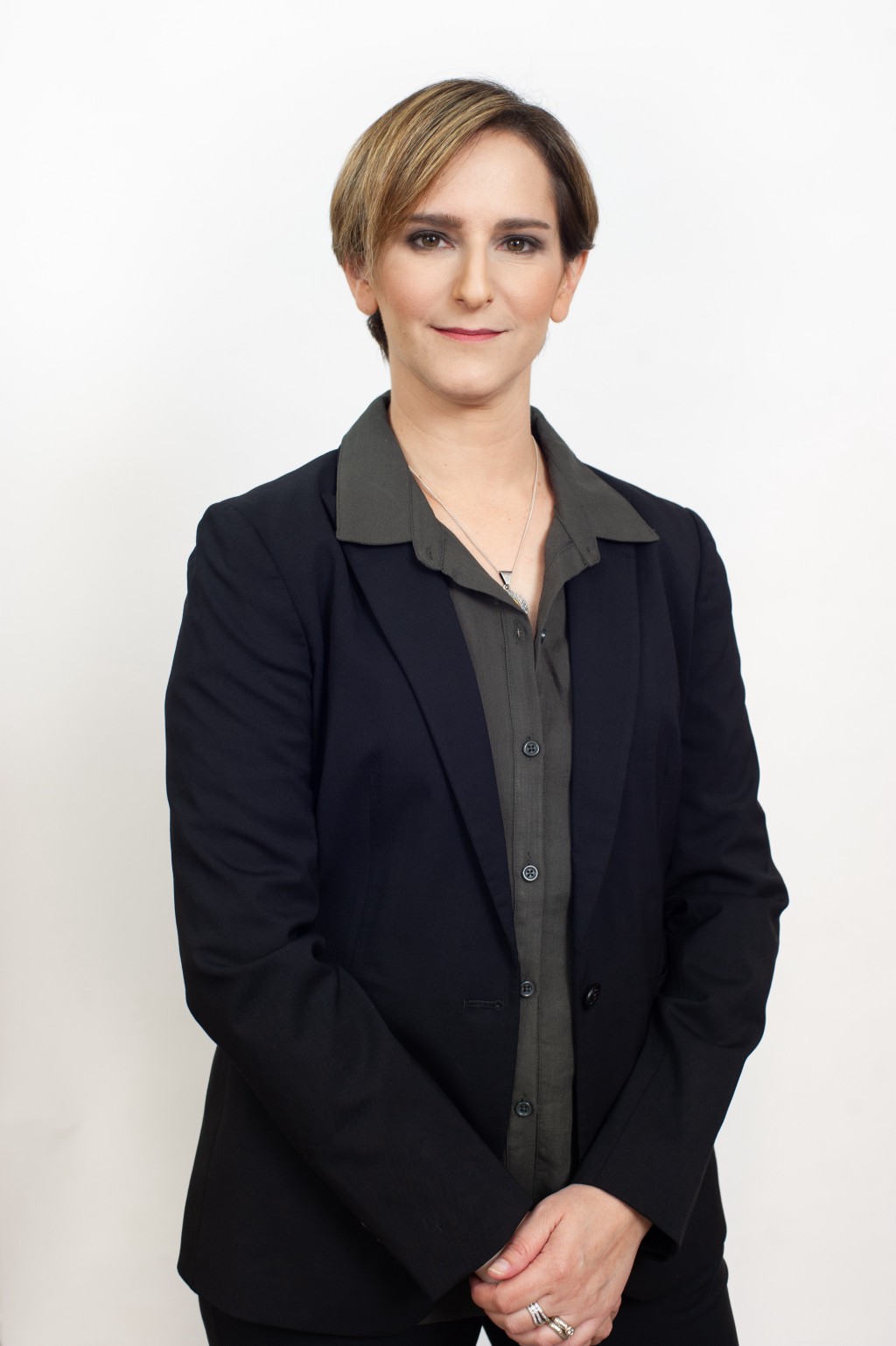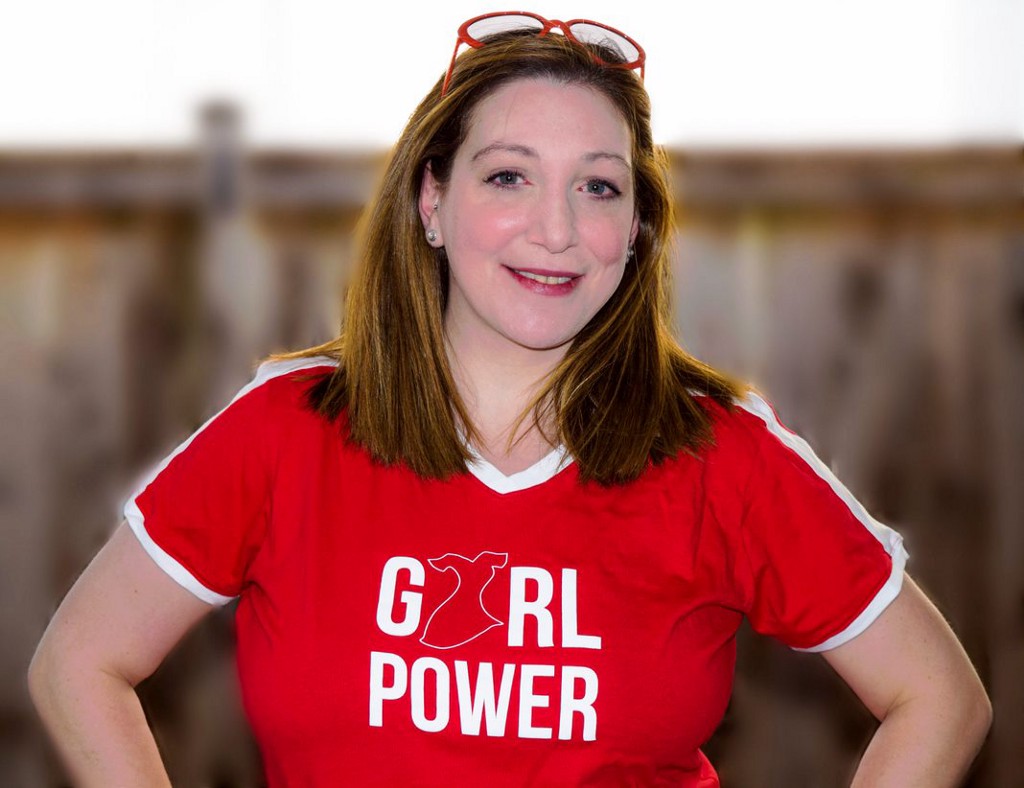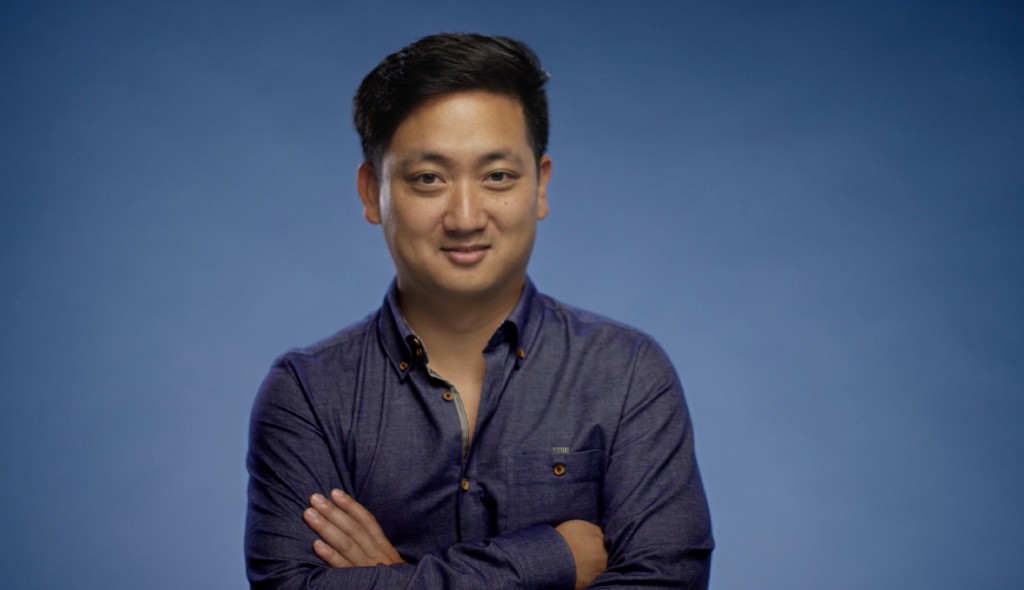The Future Is Now: Haitham Al-Beik of Wings On How Their Technological Innovation Will Shake Up The Tech Scene
We are here to create, not work. — All I ever wanted to do is create things driven by desires within me. The idea of work is creating for someone else’s desires and wishes. When one is creating from and for themselves, then they are playing. The consequence of such “plays” are guiding tools incidentally beneficial to others in their creative process. It is this framework of indirect helping that is most inventive and effective for collective enlightenment.
As a part of our series about cutting edge technological breakthroughs, I had the pleasure of interviewing Haitham Al-Beik.
Haitham Al-Beik is the CEO and founder of a research lab called Wings, developing next-generation autonomous and pandemic-proof businesses. Haitham is driven to liberate creators by introducing new technologies, such as robotics and A.I., to people’s daily lives.
Thank you so much for doing this with us! Can you tell us a story about what brought you to this specific career path?
Seeing it as a career path is a slight misnomer. It feels more as though I have been doing this since I was born. I have always resonated that people are catalysts to one another for the purpose of enhancing human life — directly or indirectly. As such, I started to focus on and invent tools, canvases, and platforms for anyone to naturally focus on their creative energies more and more.
Selling my house back in 2017 was an eye-opener to real estate’s operations and logistics. The workflows, processes, laws, and transparency and accountability concerns in real estate made me take a second look at the services industry as a whole. Nonetheless, I studied and played my cards right. I made a good profit with every cent going to Wings.
Ironically, the services industry struck me as one with the most friction in creativity and invention. It’s at least 10 years behind compared to industries from software, hardware, manufacturing, auto, and others. As all industries accelerate through automation, services will become the bottleneck wedged in between them.
Even though I began in real estate as it was most apparent, it quickly shifted to the foodservice sector. This was even before COVID hit. In my humble opinion, this sector is most needed for innovation that puts people first.
Can you share the most interesting story that happened to you since you began your career?
I approached the foodservice sector the same way I did with real estate. I decided to take it upon myself to manage a health-focused fast-casual restaurant that considered closing down due to COVID. I saw this as an opportunity to throw myself into the fire while attempting to keep it afloat. I wanted to experience the pain points beyond any mathematical models observed from the outside. The experience taught me a lot about the industry and its sectors and the people involved in all aspects of the ecosystem — the managers, chefs, cooks, staff, partners, customers, etc.
Along the way, we took the opportunity to prototype many technologies to enhance our internal and external logistics while optimizing for healthier and cleaner operations.
Can you tell us about the cutting edge technological breakthroughs that you are working on? How do you think that will help people?
At the core, it’s all about removing the complexity and friction from the services industry. The most friction can be found with labor work and the business components. In foodservice, for example, your intention is to eat. Still, you have to go through the business and labor portions before you are served. You have to stand in line, review the menu, customize your preferences, verify availability (if possible), order, transact, wait for the food to be made, and finally, delivered. We have observed on many occasions where friction can take up to 50% of the whole process. This is due to the dynamic and unpredictable nature and variability of labor and business work in services. For example, we had to have 4 tablets running and managed at the same time just to offer third-party delivery services. This is a clear sign that businesses are being broken from within, causing an exponential increase in friction and ROI reduction.
The numbers worsen as you consider every business’s internal logistics are unique and non-transparent, creating another layer of friction for every customer to learn and apply.
Suppose a person is not creating but instead laboring with the same repetitive tasks day in and day out. Such an asset will reach diminishable returns very quickly. Since a human is driven by creating, such drive will be soon foregone, as observed with the industry’s high turnover rate.
This is where technology can potentially come in and free the laboring individual to be a creative one. Research and technologies in material science, robotics, fintech, blockchain, and artificial intelligence have matured enough to be part of our daily lives.
Let’s start with robotics — the type of robotics we want to introduce to the public is invented from within the services industry and uniquely architected and designed to be alongside people. We refer to them as HiveRobotics. Most people are familiar with robotics that are multi-axis arms inherited and borrowed from the manufacturing industry. Such robots were never designed or built to be near or in contact with people. That’s one of many reasons why they are already unfit for the services industry.
HiveRobotics, on the other hand, are a collective of highly purpose-built robots that can work autonomously or as an extension for any other robot(s). They clean, store, produce and deliver personalized services to people. These robots can perform various time-constrained operations regardless of how they are physically connected or in proximity to each other. A multi-axis arm robot, on the other hand — ha! — , can go as far as the arm can, while ours can travel distances beyond the building itself.
More than that, though, one of our conditions is to make sure that whatever we invent it is to give back more space and time to people. Current robotics take a considerable amount of footprint from people.
Having robots serving us is one thing; communicating and interacting with them is a whole other story. For the last two years, we have worked on real-time infrastructures and intuitive interfaces for seamless interactions leveling the playing field across all people regardless of their personal needs and circumstances.
Putting it all together, the business is now the robot. Its purpose is to serve your creation in a personalized way to your customers… and do your taxes.
Abstracting the business portion of services opens the doors to creators without any business experience to have one in the shortest time possible.
For example, a pastry chef can focus on creating their unique cupcakes for their local market. The basics of the cupcakes are loaded into the business robot. The robot, without human assistance, connects, transacts, personalizes, and delivers the products in a timely fashion with a cherry on top and an espresso on the side. During that time, the chef is busy designing and creating their following products.
How do you think this might change the world?
We see the world shifting from labor work to a creative one. We see a world where people are respected with personalized services, and they own their data. We see a world where creative development is prioritized and labor work is replaced by robotics. We see a world where services revolve around each individual for hassle-free living.
Keeping “Black Mirror” in mind can you see any potential drawbacks about this technology that people should think more deeply about?
From my perspective, technology should never be considered as the answer to a joyful and blissful life. Nor should technology be applied for the purpose of taking advantage of people. Let’s be fair; many new technologies in the market are being used in a way that is not congruent to people’s desires or their environments — knowingly or not.
In essence, we gave away our self-responsibility to technology. Giving it that responsibility will (for the most part) lead to chaos. Nonetheless, it is a powerful tool for computations, exploration, convenience, and abundance — liberating us from having to survive.
The consistent theme in Black Mirror is how we still work to appease the technology as part of a reward system. In a way, that future is already here, today! Any system that is based on a reward-based practice is a survival one.
People should think deeply about how to transition from this survival and reward mindset by building relevant solutions and technologies. These technologies intend to upgrade humans to move beyond their intellectual limitations and regain the time for a more conscious living.
Was there a “tipping point” that led you to this breakthrough? Can you tell us that story?
The breakthrough was realizing we can manufacture and produce autonomous end-to-end businesses for anyone to operate without a business experience.
Initially, we attempted to introduce many of our technologies to current businesses that needed the most assistance and guidance during such difficult times. We started with the software. However, we quickly learned that we were so far ahead that the existing infrastructure was preventing us from easily integrating it and effectively moving the needle forward. This resulted in a complete rethinking from the ground up of how we needed to introduce our technology.
There is a reason Tesla did not simply sell their tech to other car manufacturers for a quicker transition to electrification and autonomous driving. It required a complete rethought and a whole new infrastructure to truly see its potential and the opportunities it would bring. They also needed to be agile and move quickly as they navigated uncharted terrain.
We are in the same boat.
When we looked into the future to see what was essentially needed and not, we realized that the idea of manufacturing end-to-end autonomous businesses was the only way to make it accessible and effective for everyone.
What do you need to lead this technology to widespread adoption?
First, we need to continue having conversations about how such technologies will change how we look at and participate in life. Partaking in conferences, podcasts, and other media channels will help spread the message far and wide. Secondly, we are also taking the crowdfunding route to have a platform for people to vote for and become an integral part of this mission.
We are also contacting local universities and research labs to bring about the idea of HiveRobotics and what can be done to elevate the services industry for the future.
What have you been doing to publicize this idea? Have you been using any innovative marketing strategies?
We are still in the early stages of publicizing the idea. Besides the typical social platforms and news channels, we will also be “landing” somewhere in Silicon Valley before the end of the year 😉 That would be an excellent opportunity for anyone to get a sneak peek into our technologies, including HiveRobotics. The robots are coming…
None of us are able to achieve success without some help along the way. Is there a particular person who you are grateful towards who helped get you to where you are? Can you share a story about that?
Millie Milton is the first person to engulf herself into the research work during the real-estate period. She knew first-hand the frictions embedded within the industry and, as an avid traveler, had worldly exposure to all types of experiences around services. She is an owner of a local french cafe, Cést La Vie Bistro in Northborough, MA, that I frequented almost every morning for their espresso and croissant. I spent my mornings studying, researching, and developing ideas for Wings. Her curiosity and continuous hospitality led to a beautiful friendship, which brought her to become part of this mission as the first advisor and investor.
John McKenna, our primary investor, resonated with the idea early on, and when it “clicked” for him — he saw that future as inevitable, and it was simply a matter of when. I first met John McKenna at a local restaurant he frequents during his lunch break. I continued to talk to him almost daily, sharing my progress and ideas around business models and strategies. His continued insistence on looking into the foodservice sector as a more significant pain point proved enlightening. Together, we guided one another to discover the many untapped opportunities. In fact, the HiveRobotics R&D lab was constructed from scratch at a warehouse he owns, allowing us to accelerate our development progress.
How have you used your success to bring goodness to the world?
Every step of the way, we shared our experiences and methodologies with every local entrepreneur, Company, and partner to work together for a shared mission. It’s humbling to see many resonate in aligning themselves and their respective communities towards a more technologically holistic living approach.
This type of resonance allowed us to partner with so many driven individuals who genuinely see hope and a better future for the services industry.
What are your “5 Things I Wish Someone Told Me Before I Started” and why. (Please share a story or example for each.)
These are few things that I have discovered within me through this life journey so far. It guided me in offering clarity to the process of and the symbiotic nature of people and everything else around us. Any clarity I gained around that framework naturally brought about a higher probability of manifesting a vision bigger than myself.
1.) We are here to create, not work.
All I ever wanted to do is create things driven by desires within me. The idea of work is creating for someone else’s desires and wishes. When one is creating from and for themselves, then they are playing. The consequence of such “plays” are guiding tools incidentally beneficial to others in their creative process. It is this framework of indirect helping that is most inventive and effective for collective enlightenment.
The idea of starting a company is essentially a research container to birth ideas for enhancing humanity. The only reason I’m creating a company the way it is today, in the first place, is simply due to the systems’ established language that was developed to facilitate and bring about new ideas. Inherently, bringing about any revolutionary idea to that language will always go against the grain.
I quickly realized that only a few are willing to change for a highly pivotal future when the right amount of energy, time, and space is invested. Hence, the first few who rallied in revolutionary ideas initially tend to be close by and stealthy (like a cocoon) due to today’s natural resistance. This can be observed by the close proximity of early advisors and investors to where I am.
I was surprised how deep topics about humanity and social infrastructure were not given the respected time to be discussed with many VCs until you have a working business model or a technology that excites the mind.
The platform is mainly designed (it seems) to invest in technology, not humanity. Where is the platform for the heart? We are all here to contribute to a singular mission to transition the “human condition” to “human being.”
2.) Never conclude, always realign.
Whatever idea one begins with will always yield to become something more significant than itself. In essence, the devotion behind the creation of that idea is alive, while the idea itself is guidance — a clue.
One of the major struggles for any entrepreneur is holding onto old ideas that are presumed to be the answer preventing them from taking a few steps back or starting over. When in reality, it is never a step back; it’s only so when compared to the previous idea.
This was significant in keeping the ideation and creative process ongoing while unraveling what Wings is. Technology became something we had to invent along the way. The idea of marrying hardware and software resulted from these processes and is now fundamental to Wings.
If we labeled or defined Wings early on as a software company, it would never have had the opportunity to unravel its hardware aspects. It’s not that the idea of starting out as a software company was wrong, but a necessity at the time to prepare and wise up for the hardware later.
Wings was guiding us to itself.
3.) Everyone is extraordinary.
Like any startup in its early stages, funds are scarce to acquire the necessary skills and resources. Believing that only investing in intellectual and most skillful people to bring about a solution will only lay down a path where the focus is on the skill rather than the solution.
We have people contributing their heart and intelligence from all aspects of life and industries — most have never written any software and are reluctant to technology and robotics since they have not served them well. These are the creative energies that can dream and imagine beyond any skill to start laying a path and a platform where technology is always second.
As such, people, given their time and opportunity to express themselves, become the process of invention — extraordinary!
4.) Too much noise — get to the point.
In ideation and creation, one is constantly faced with forming little conclusions on the way. These are based from third parties, research companies, news, customers, investors, etc. However, most acquired data is designed as a guide that has gone through many computational filters to create normalization — for the sake of simplicity. This is where humanity has been lost in that noise. Simply put, no matter how much data one obtains, it will only bring you a little closer to understanding the average of human input/output kinematics and mannerisms, but never really know anyone.
For example, one can use all the tech to understand the moon, but it takes one to ultimately go through training, traveling, landing, and experiencing it to get to know it — by that one astronaut.
Everyone in the company is here to throw themselves into the “fire” — truly experience what really is going on that may be difficult to capture with data.
Data — if not respected as what it is, a history, a memory of what has been done — will only mirror ourselves to it, and technology will keep us in that memory cycle, preventing us from seeing ourselves from all that noise.
5.) Slow down.
We all need to slow down. The concept of “first-to-market” and “prototype something quickly” for revenues’ sake hinders progress for innovative processes. This is a fear-based survival mindset that embedded itself at the organizational level as a strategy. The consequence will always result in sacrifices and settling of the original mission. In reality, the need to be first-to-market presents itself as a small evolutionary step product as a feature rather than genuinely a revolutionary idea.
It has become prudent for the entrepreneur today to consciously remove themselves from any survival mindset or dependence; otherwise, they’ll find themselves continuously balancing their heart and mind. This continuous balancing is like a tire stuck on mud — stress will eventually reveal itself, discouraging the self. Today, the population is stuck in a system that rewards “survivors” over creatives merely because there is an established and highly invested platform for them.
I wanted to minimize all that I had physically related to material things and mentally related to impressions from this life. I sold all I had — even today, I don’t own a car. I put myself first to focus on all aspects of my mind, body, and soul, so I can manifest what I need. I questioned everything and took no truths but as perspective words of guidance and wisdom. I surround myself with things that can and will only enhance what I can create at any moment.
We need to realize that anything that has ever influenced and changed the world came entirely from a devoted human being. Devotion requires time and energy in a loving-based environment. Companies, as such, will need to be devoted and take their time to seek it.
As much as we can plan things, the mind cannot fathom all possibilities. It’s only through slowing down that we can transcend our own intellectual limitations and become part of something larger than us.
You are a person of great influence. If you could inspire a movement that would bring the most amount of good to the most amount of people, what would that be? You never know what your idea can trigger. 🙂
The movement would be about humanity transitioning from a survival mindset to a vibrant and joyful one. As entrepreneurs and investors, we must work together to leap forward the service industry and bring a little of “The Jetsons” to reality. 🙂
Can you please give us your favorite “Life Lesson Quote”? Can you share how that was relevant to you in your life?
The one that sits within my core is that “truth is not around us.” What is around us, or rather what we experience, is only a guiding system in a forever processing state of creation. And as such, what is being produced are creative tools. Naturally, these tools that are being created or the ones we make will always be an extension of that guidance system.
This provides a framework where companies are not meant to produce truths but rather create tools for others to seek their true selves.
This is the framework I apply when creating anything.
Some very well known VCs read this column. If you had 60 seconds to make a pitch to a VC, what would you say? He or she might just see this if we tag them 🙂
VCs can invest in automation and robotics that may or may not be sold to businesses or invest in future companies that are already automated and robotic, produced right from the factory. One is highly short-sighted, while the other is the future.
We are the first Company in the world to attempt to produce end-to-end autonomous business products. The first of which, Nectar, is planned for 2023. It will be cheaper than a car, AutoPilot capable, and requires no business experience to own or operate.
Presented here is a new market opportunity estimated to be valued at least $1T by 2030. Elon Musk estimated the A.I. market alone would be ~$16T by then.
How can our readers follow you on social media?
I’m on Facebook, Twitter, and Instagram under the alias “albeik.” Readers can also visit my personal site for updates at albeik.com.
Thank you so much for joining us. This was very inspirational.
The Future Is Now: Haitham Al-Beik of Wings On How Their Technological Innovation Will Shake Up The was originally published in Authority Magazine on Medium, where people are continuing the conversation by highlighting and responding to this story.

